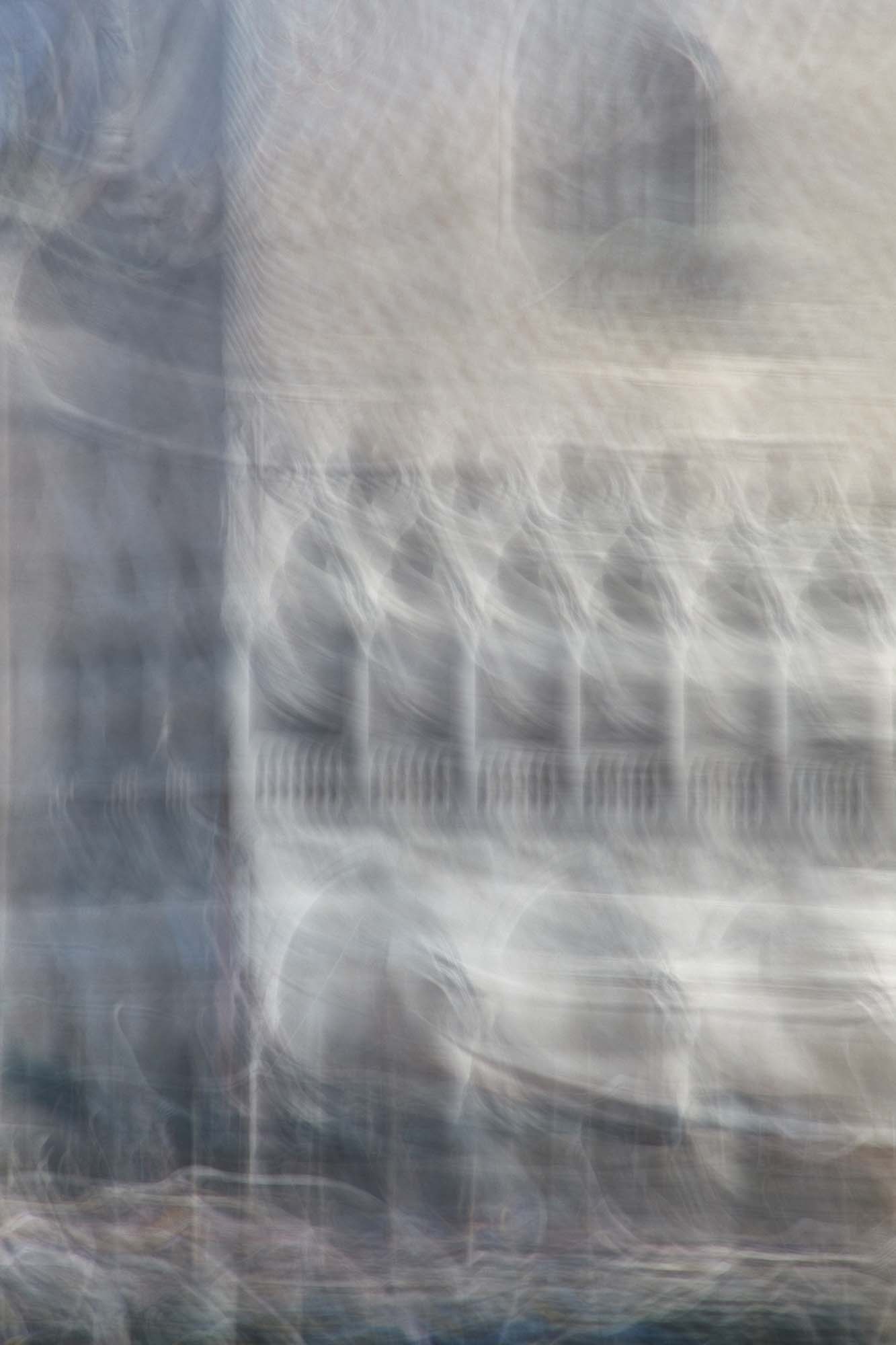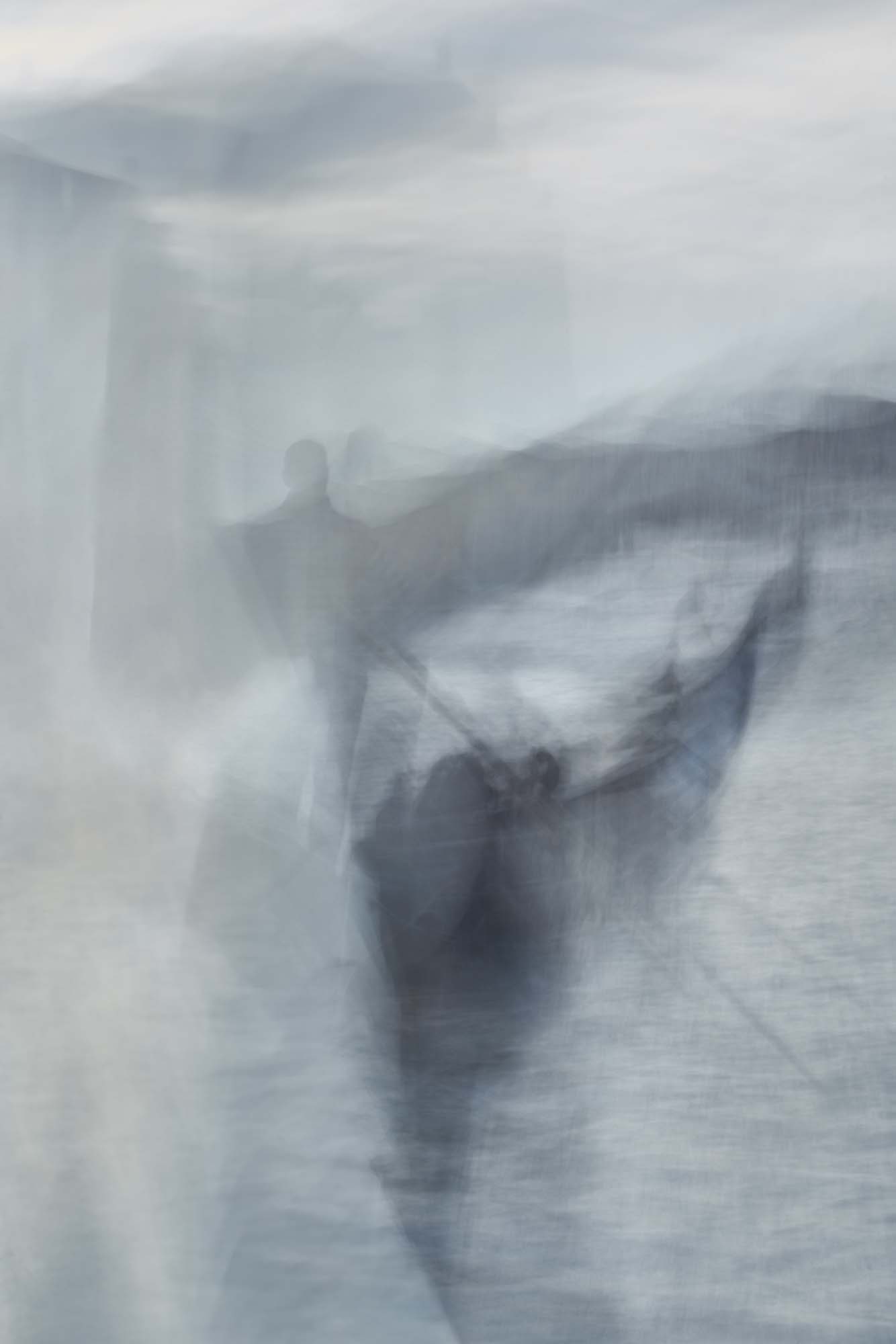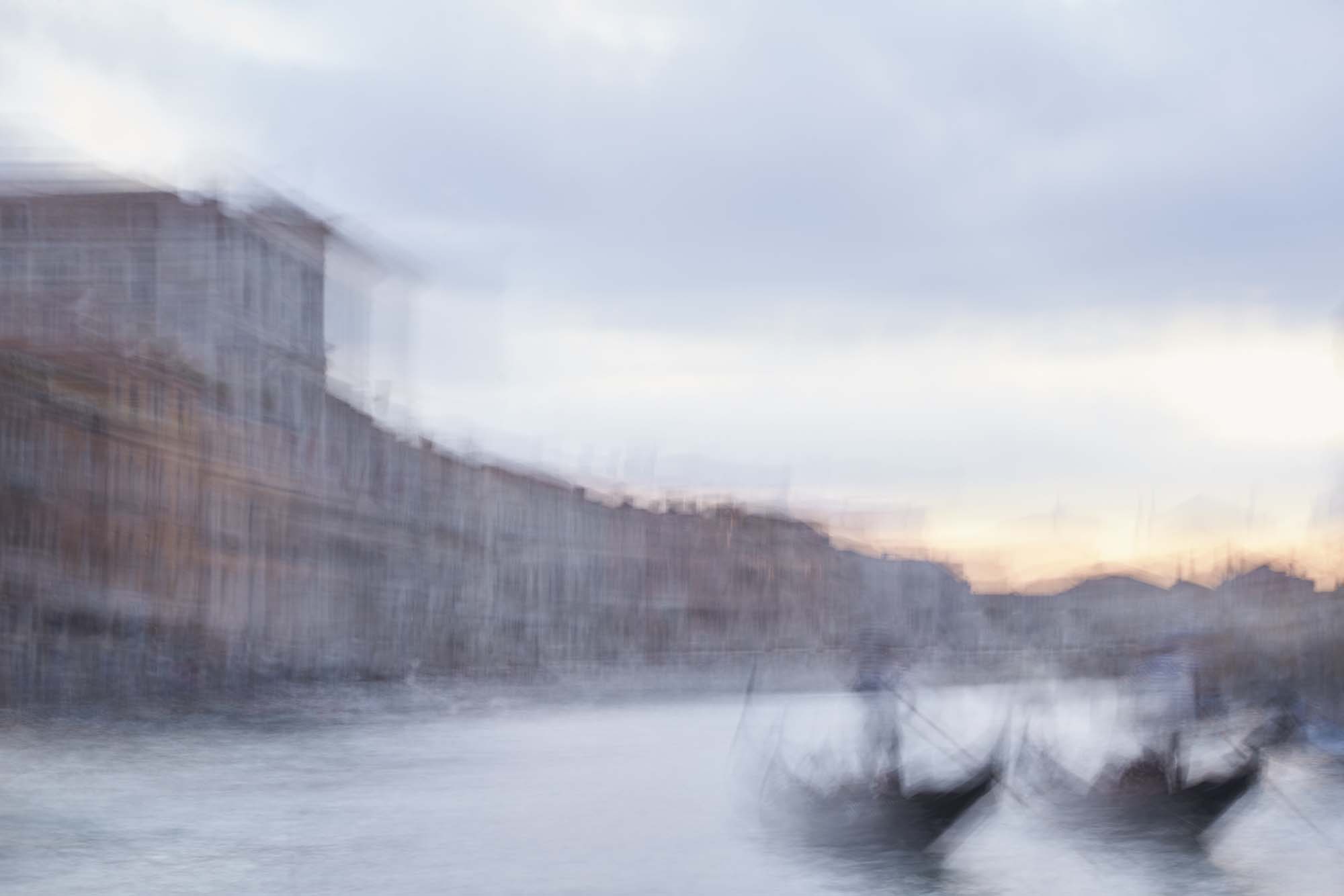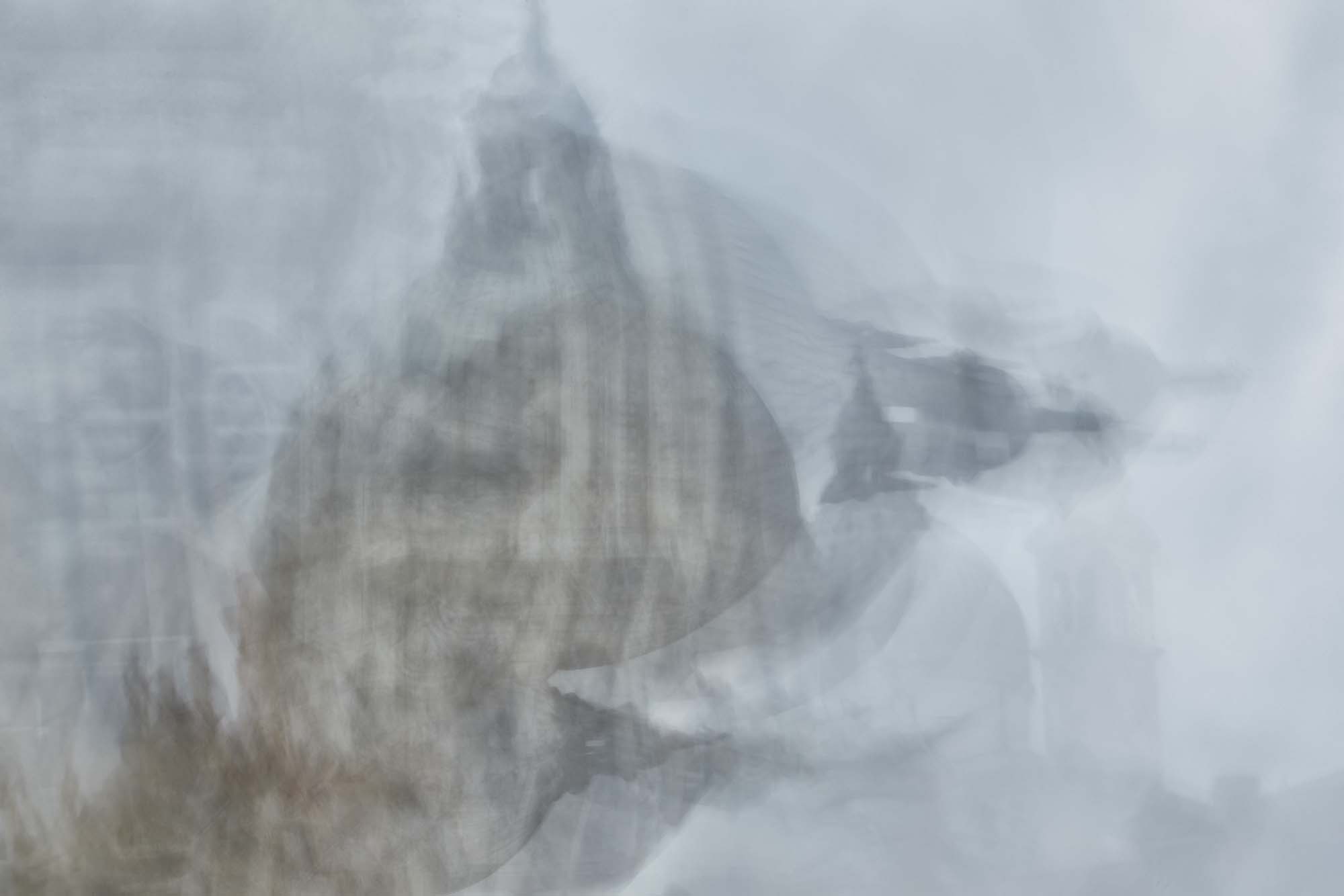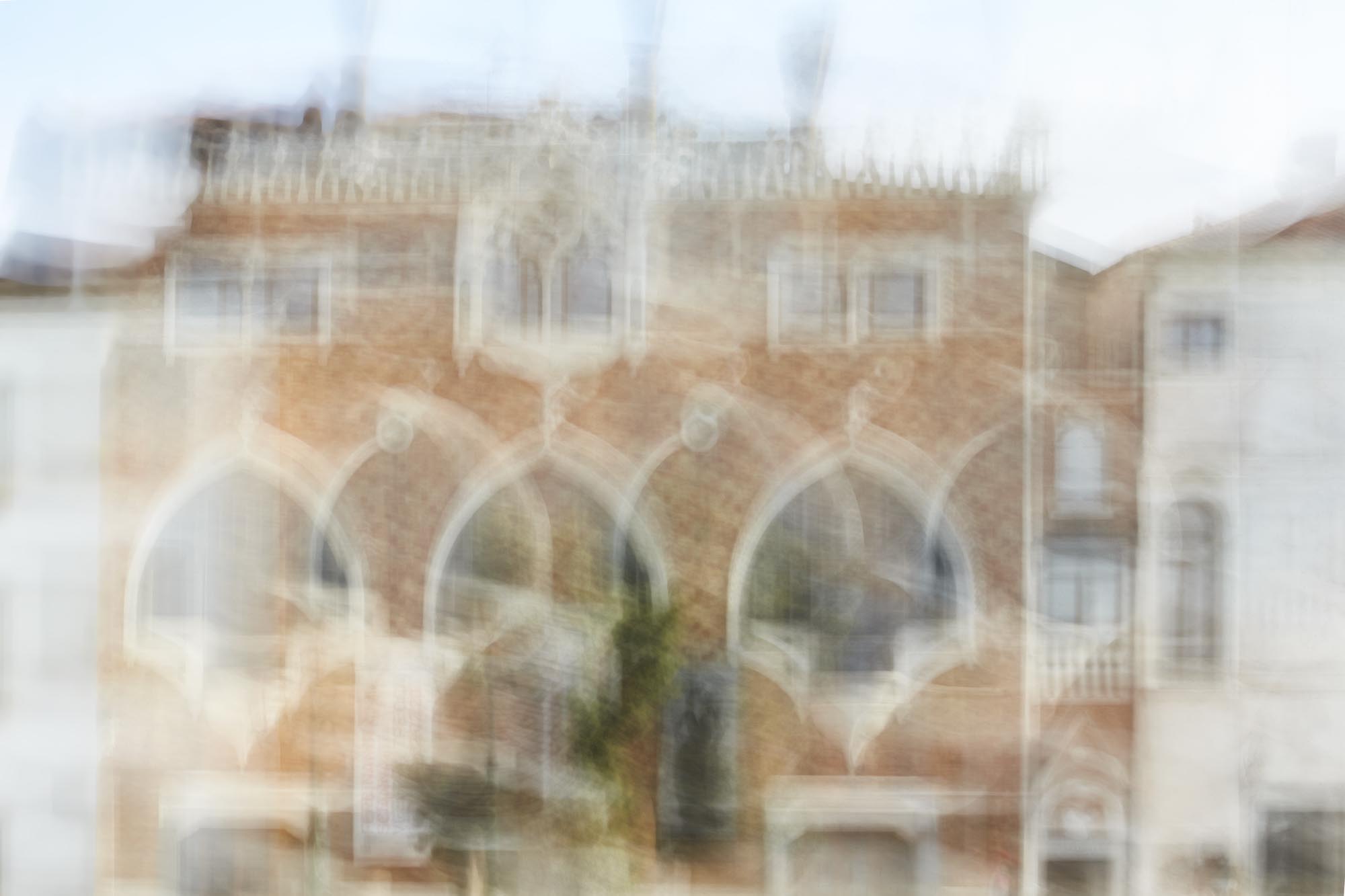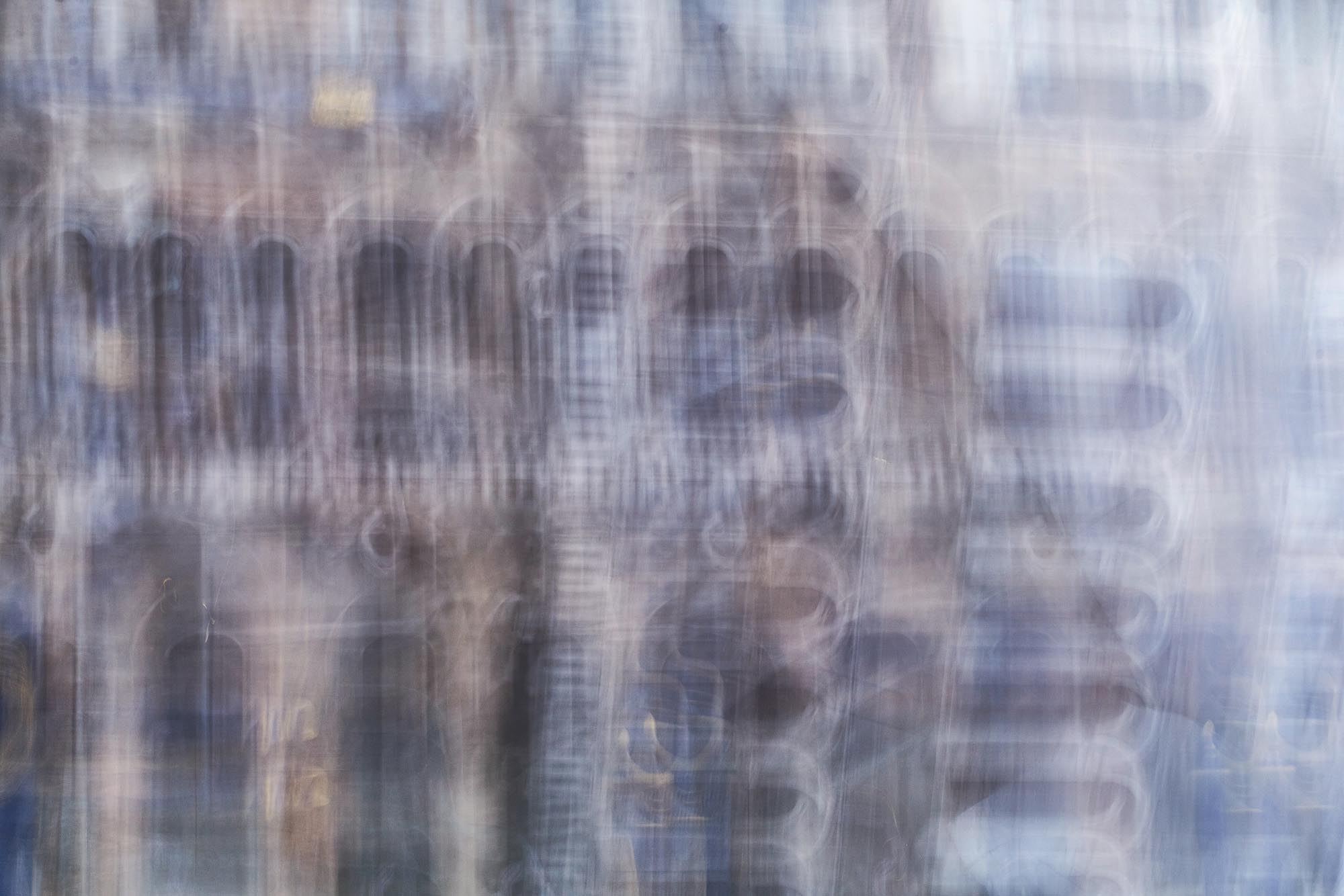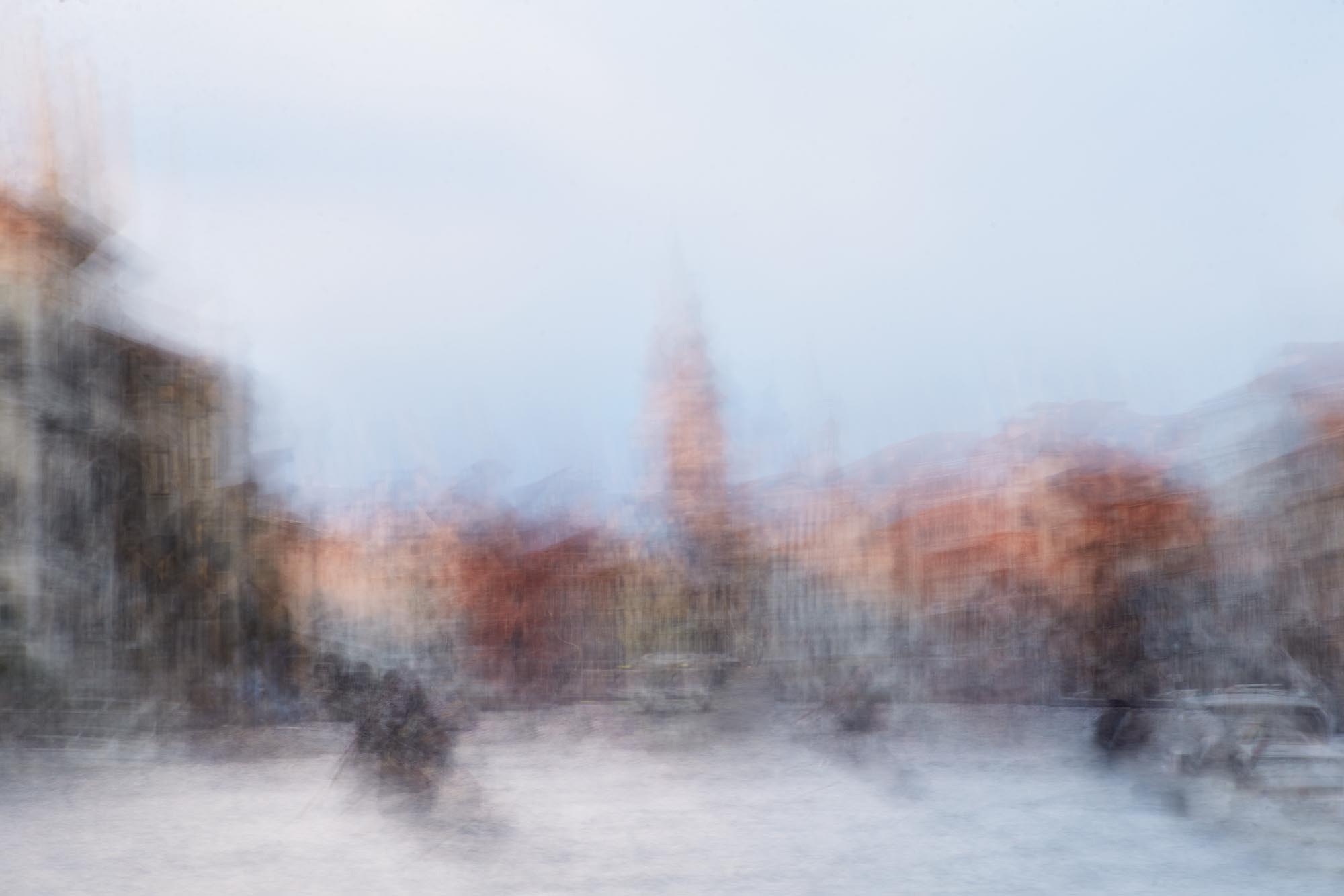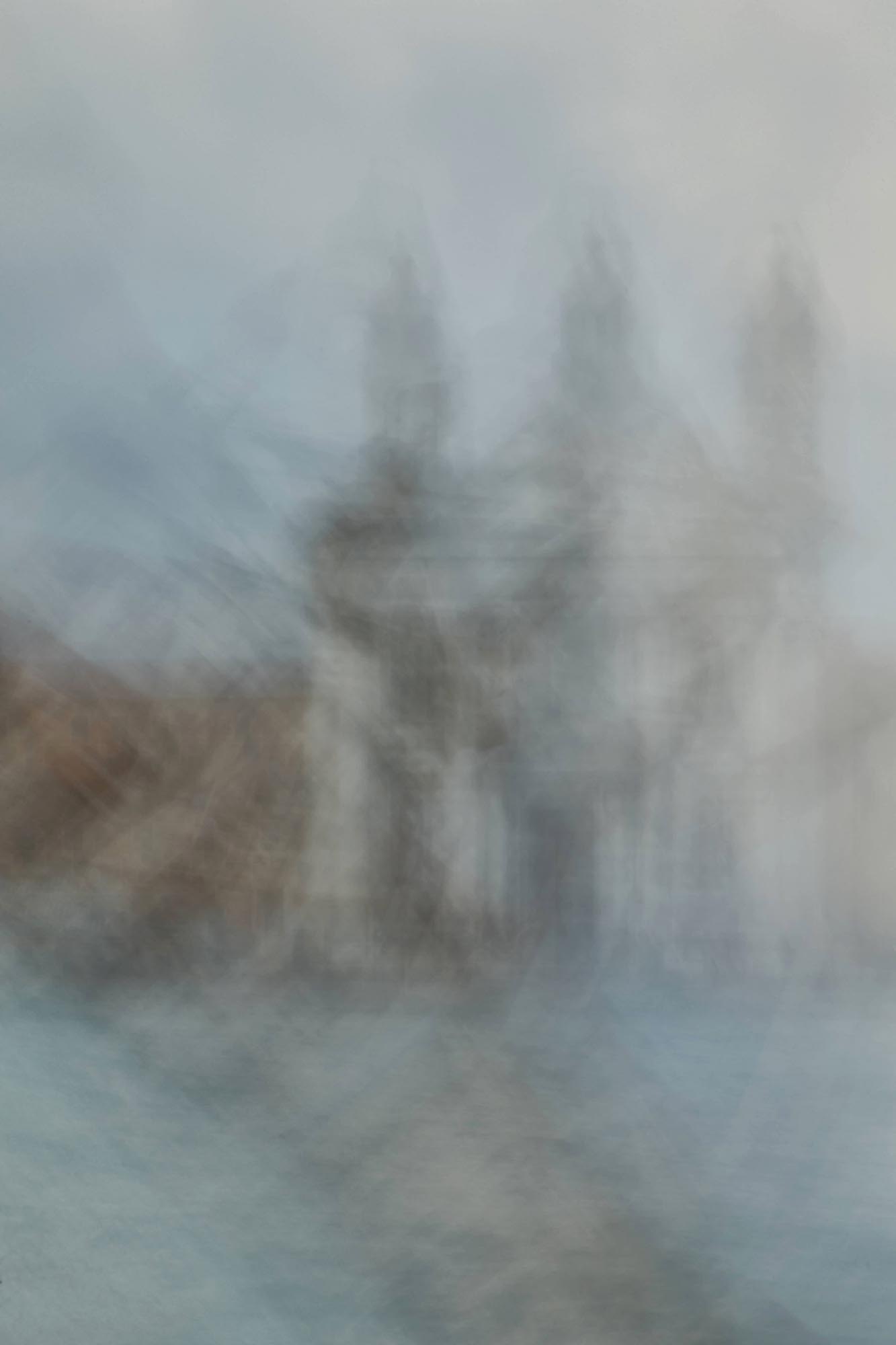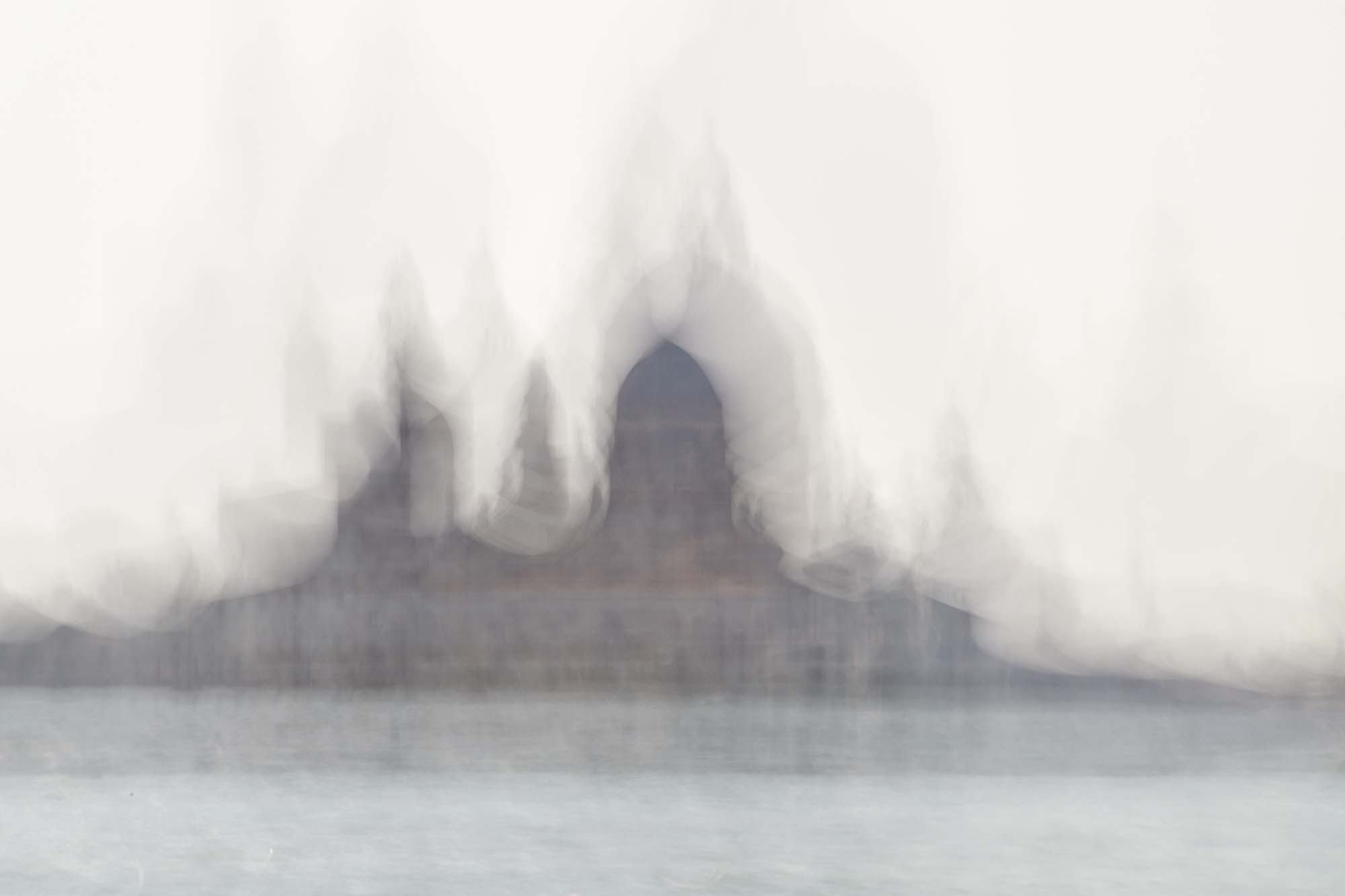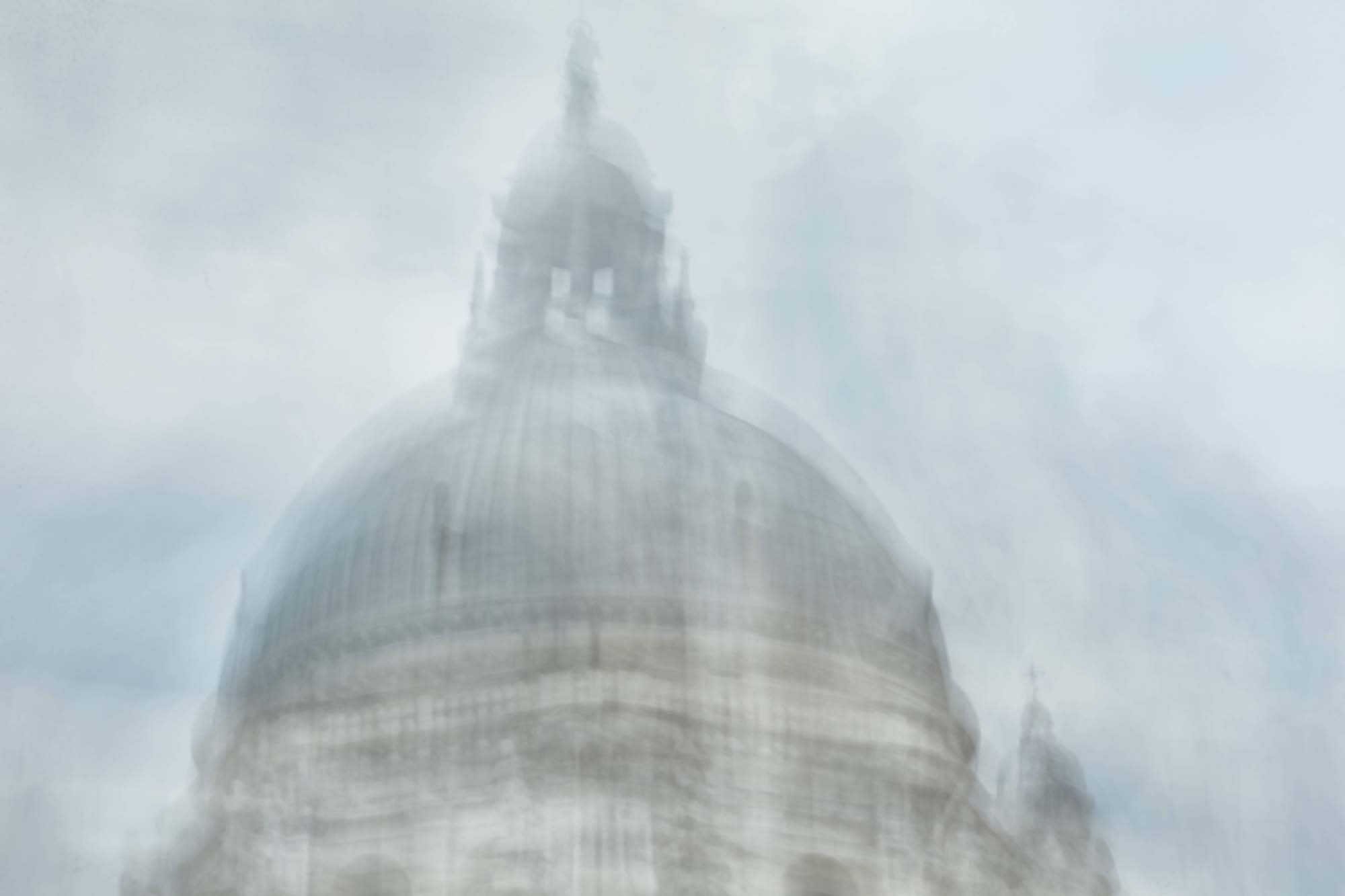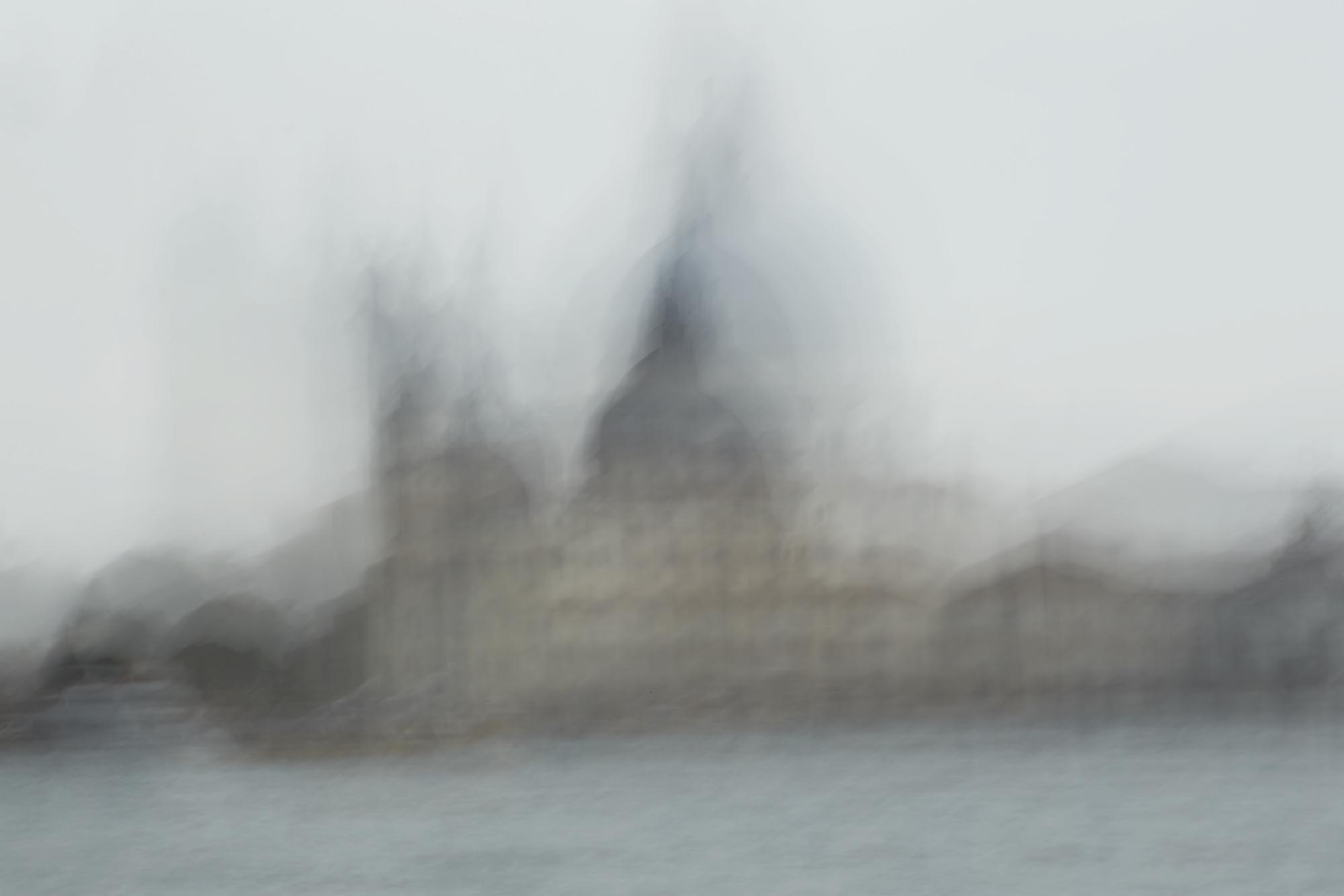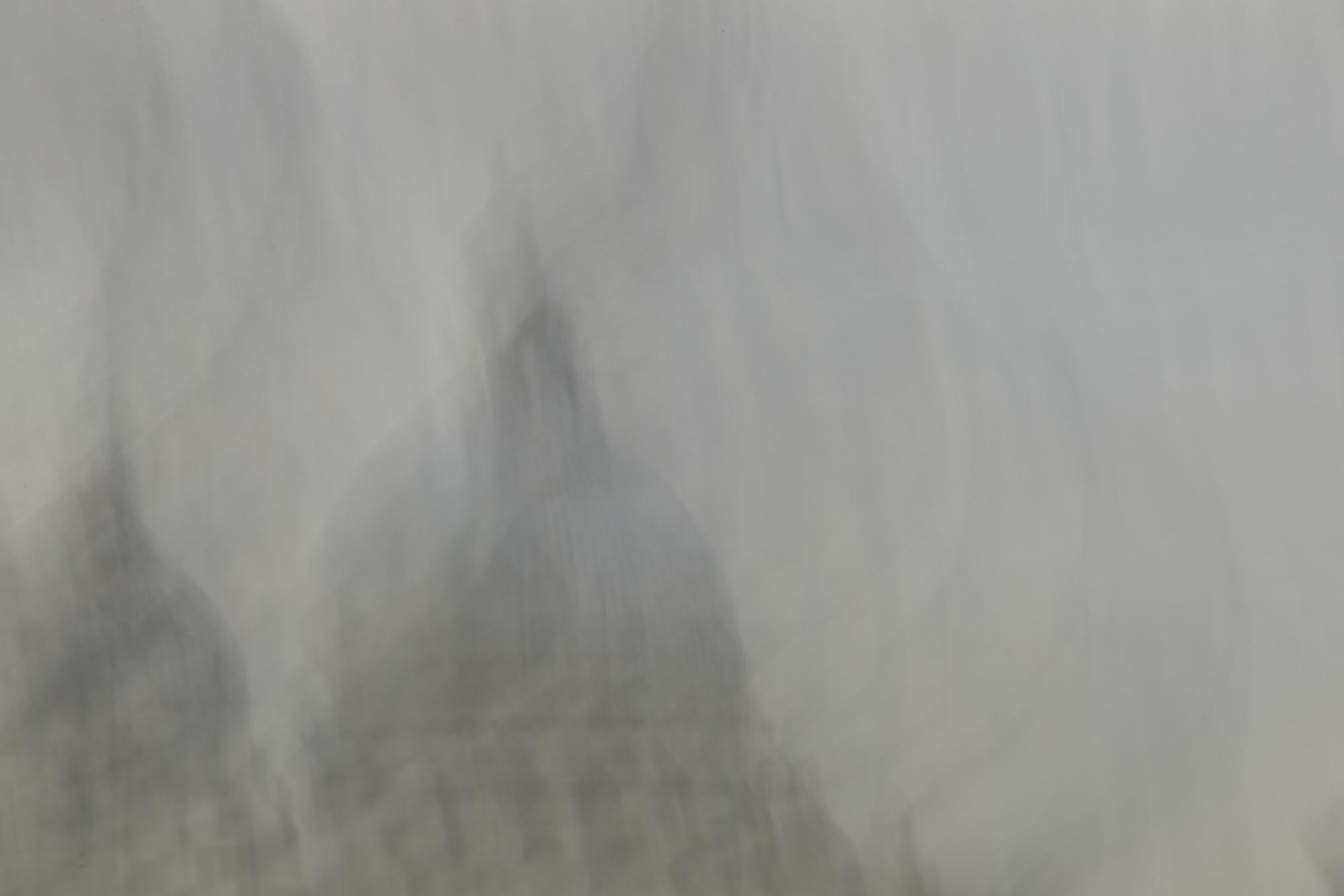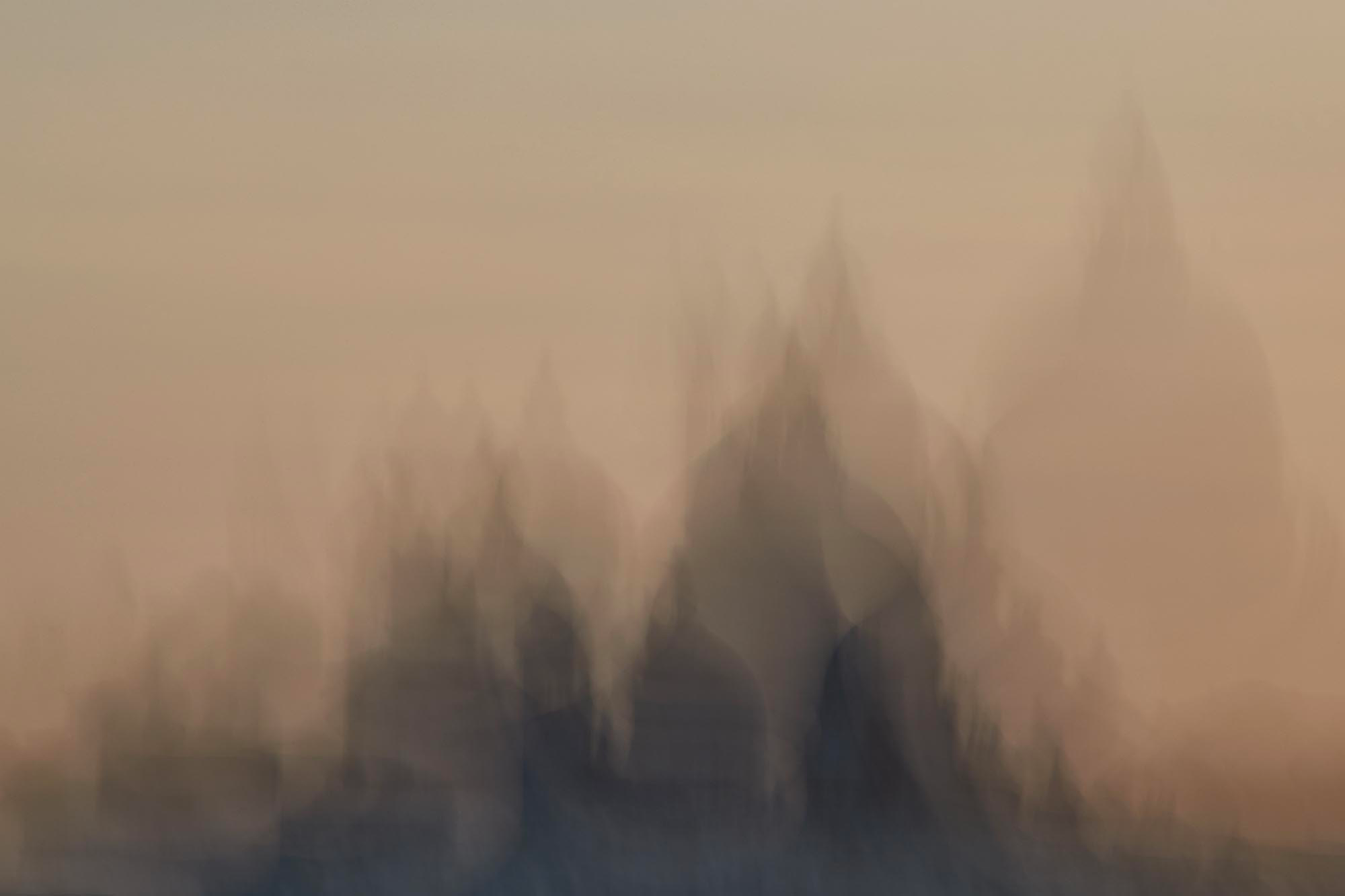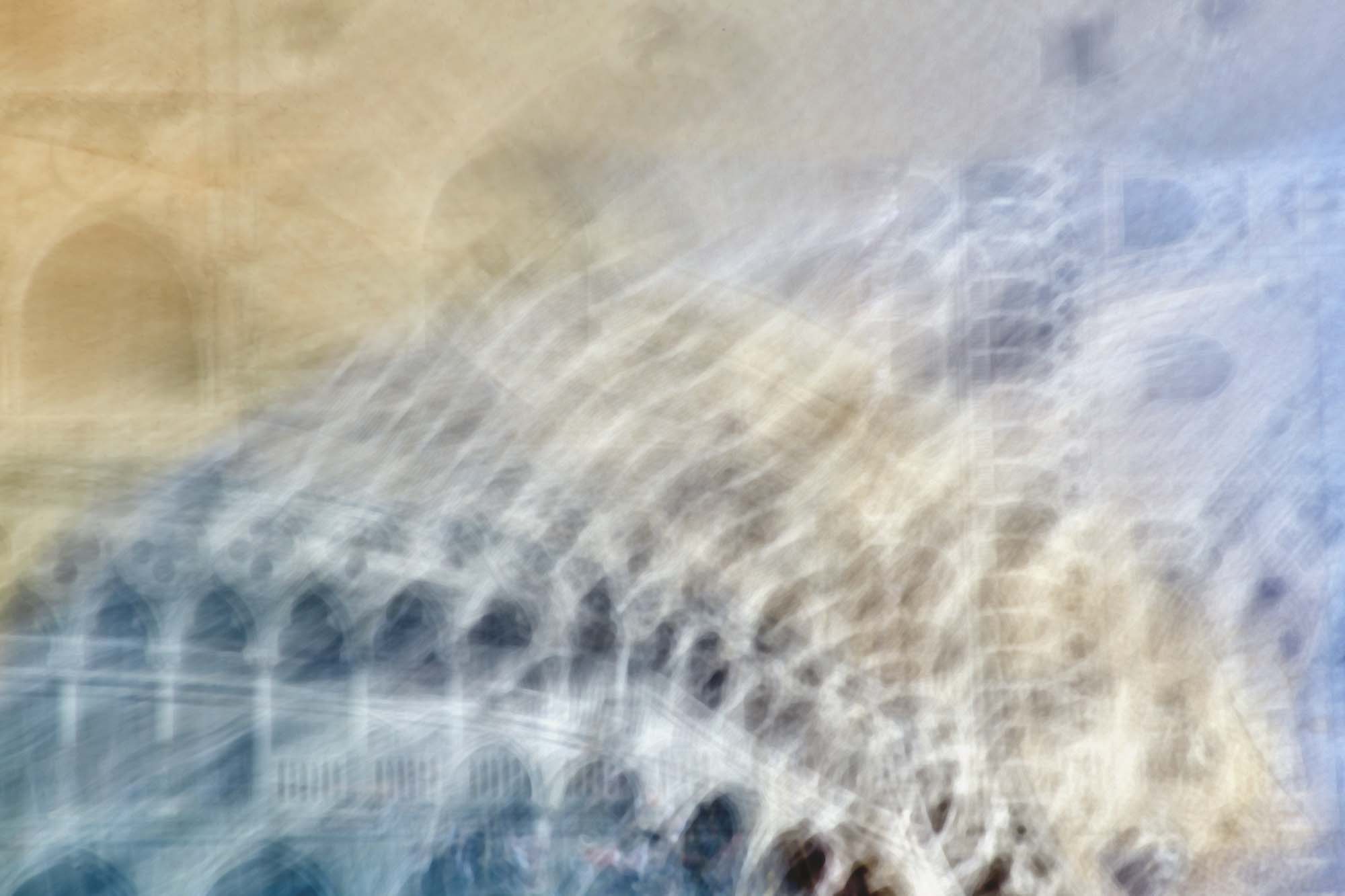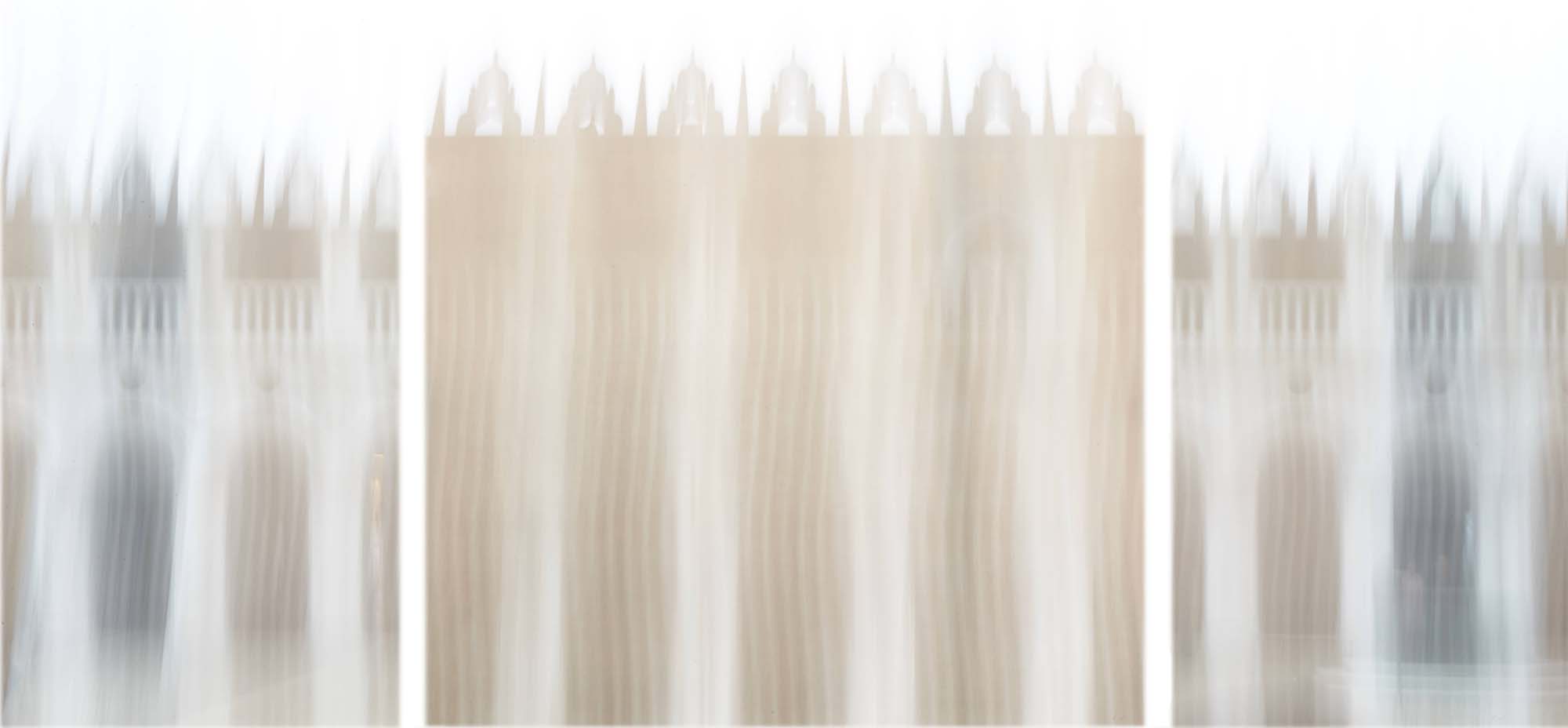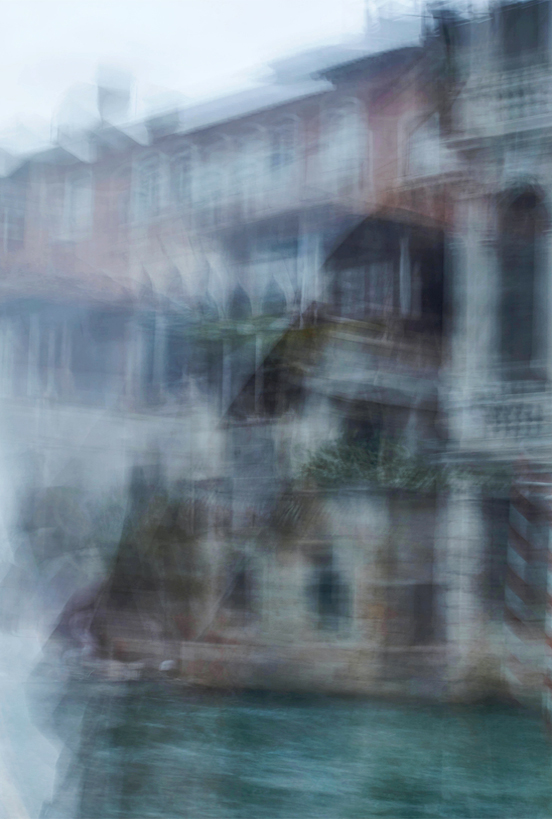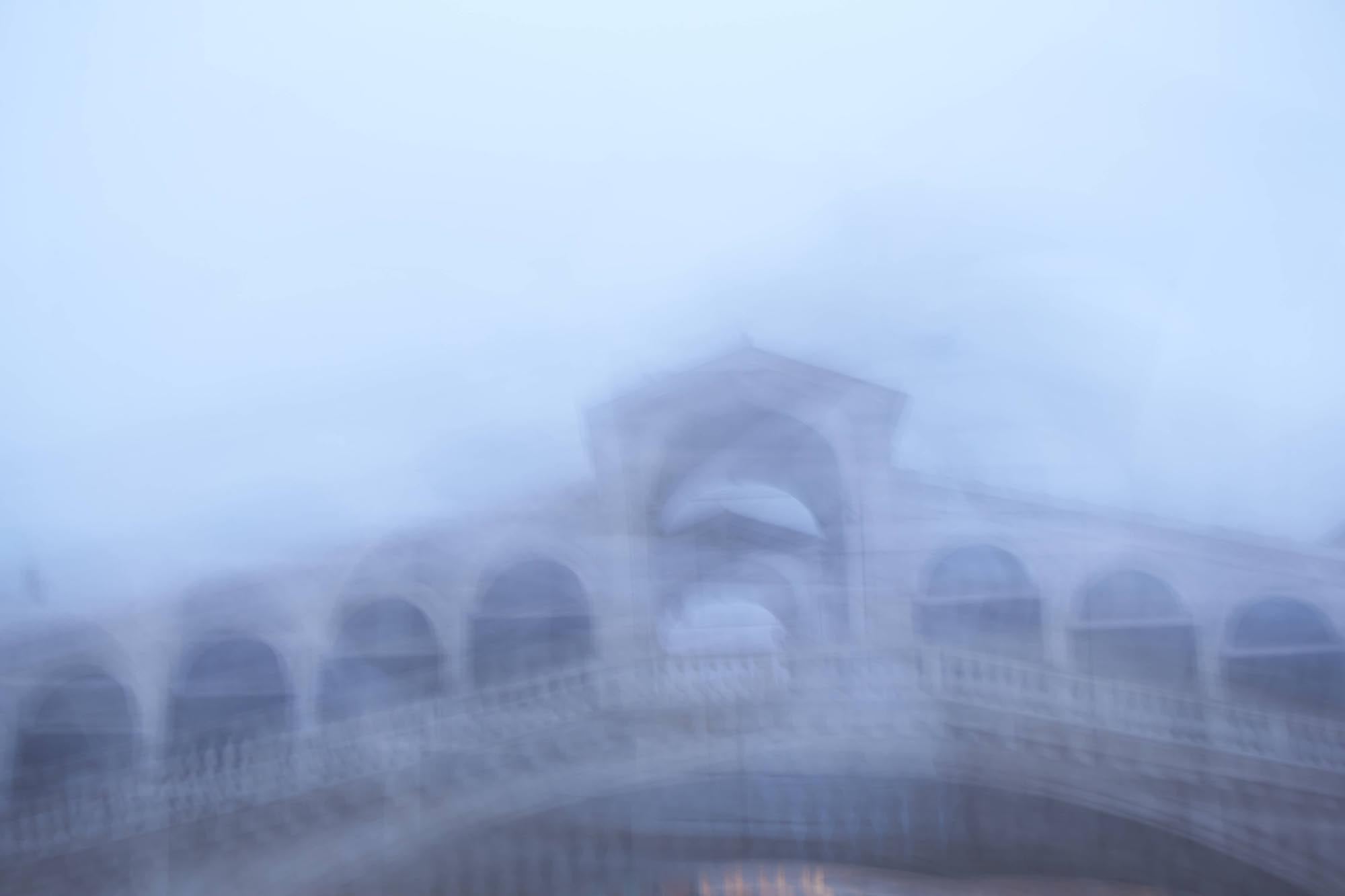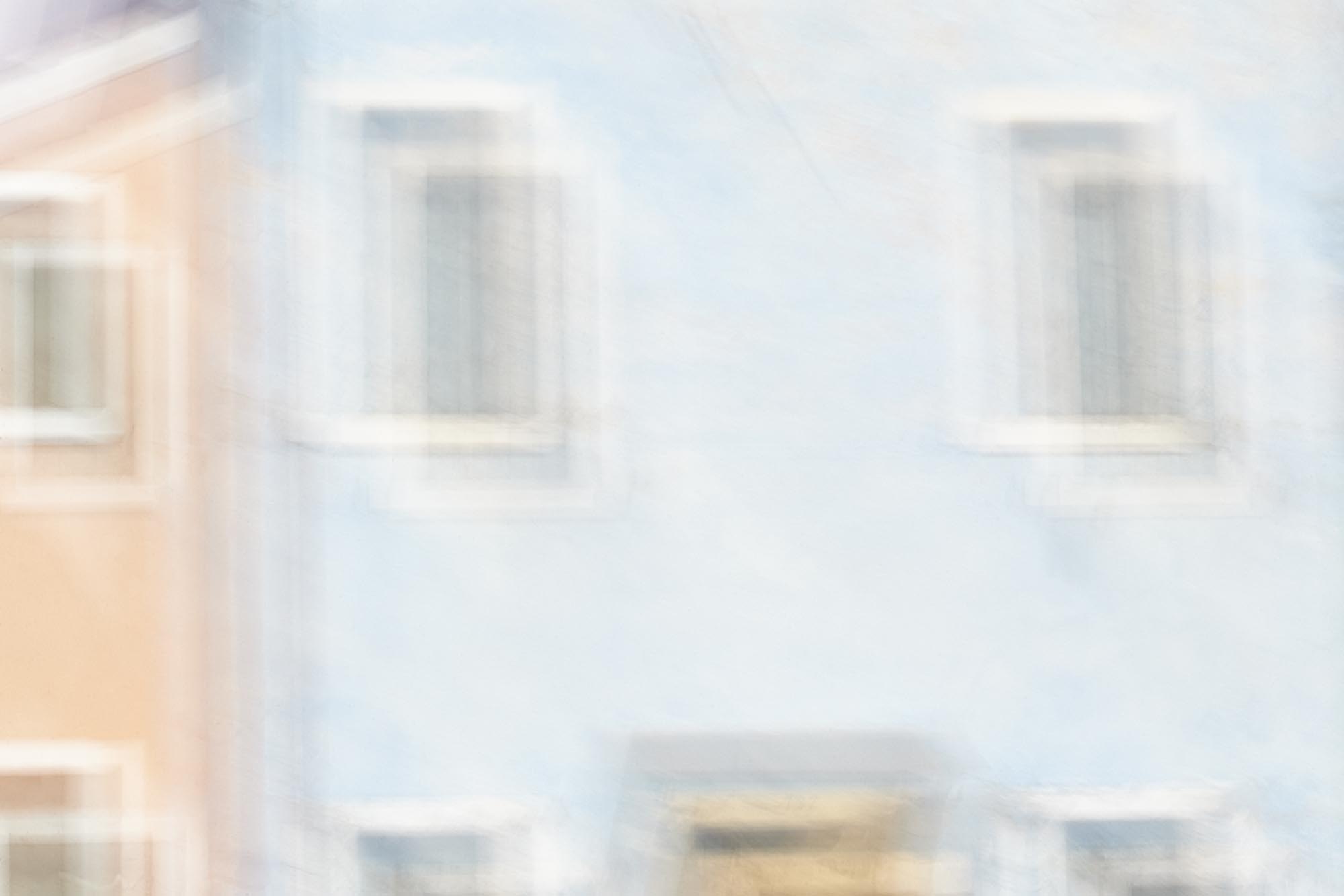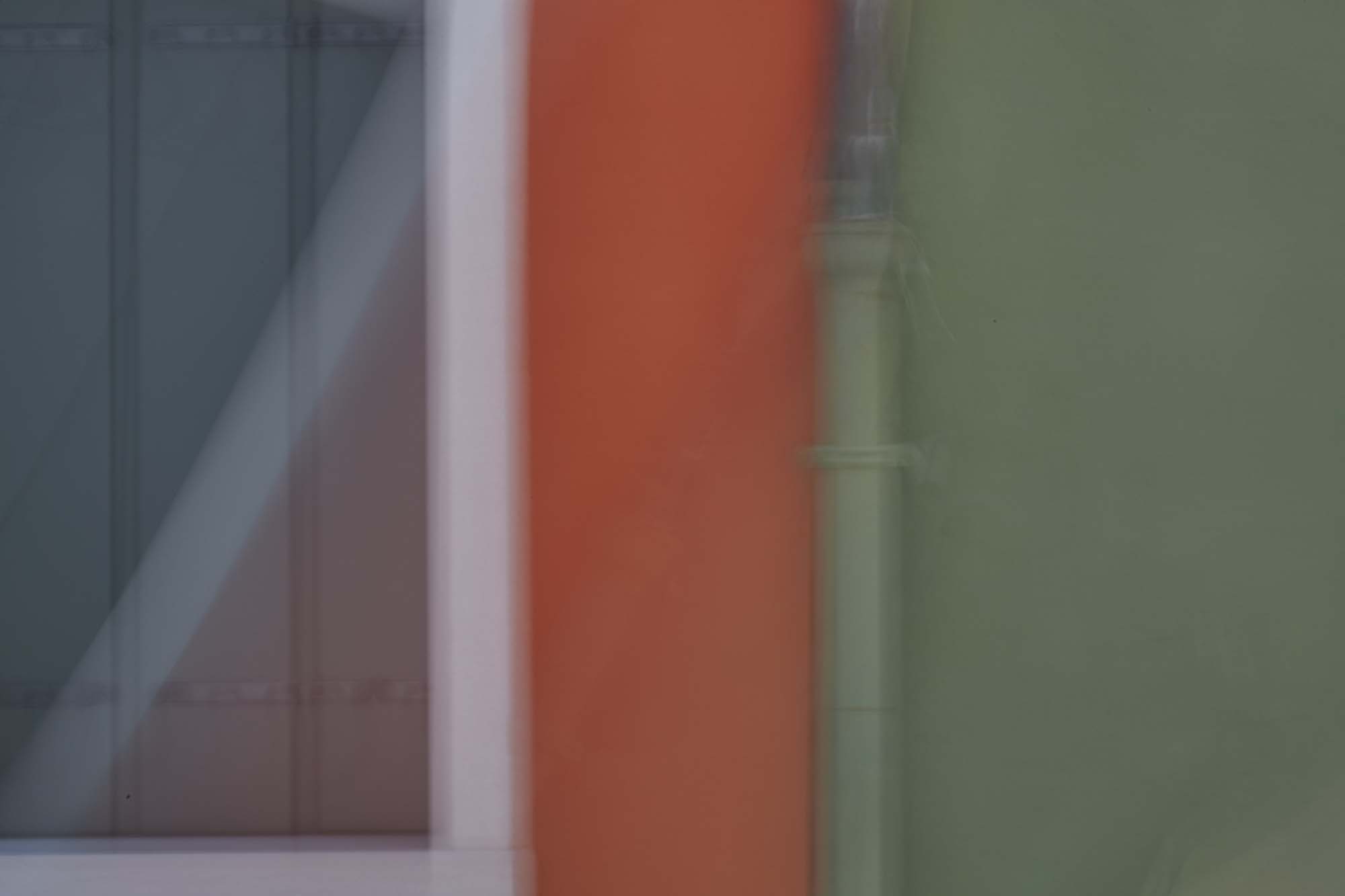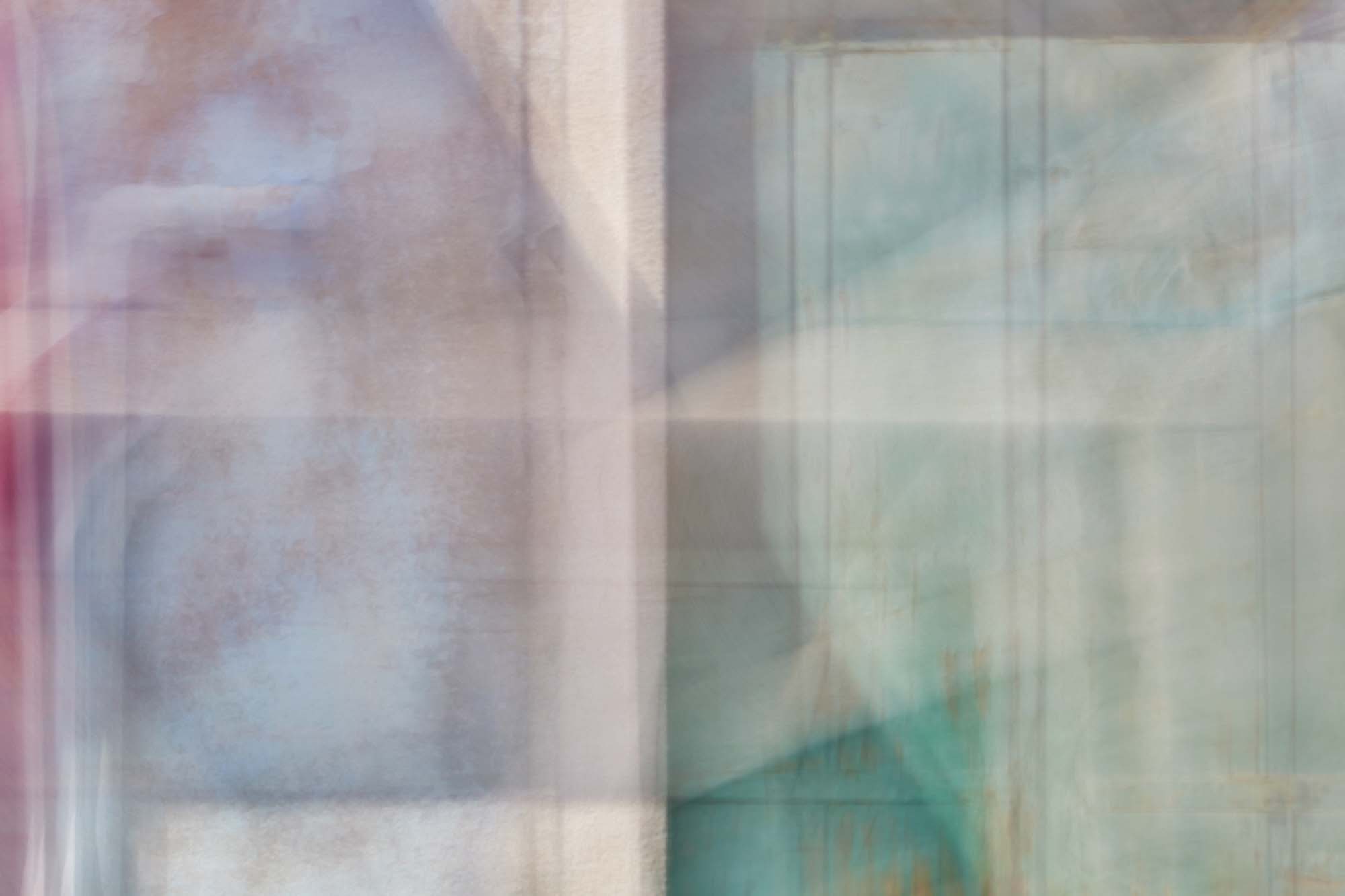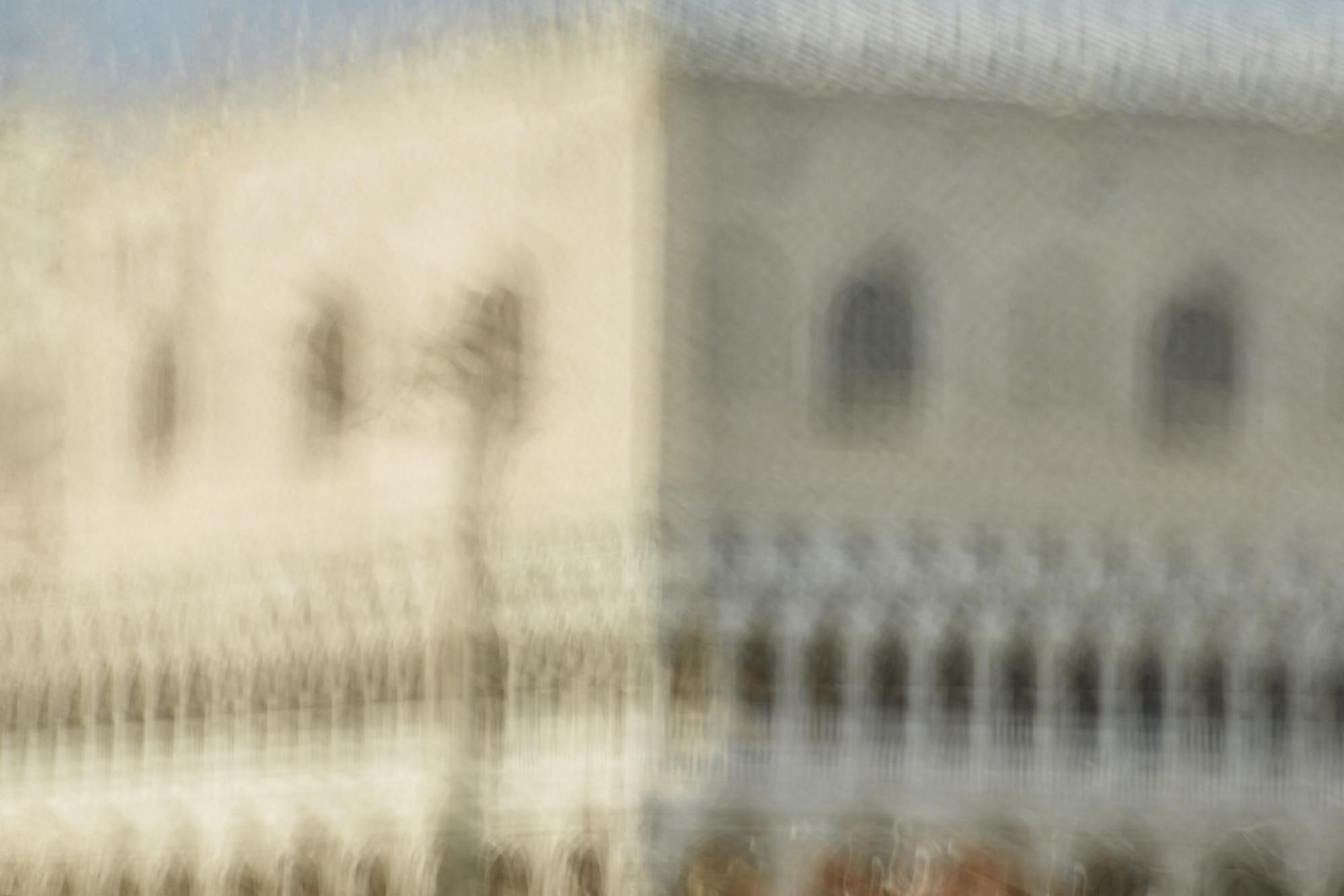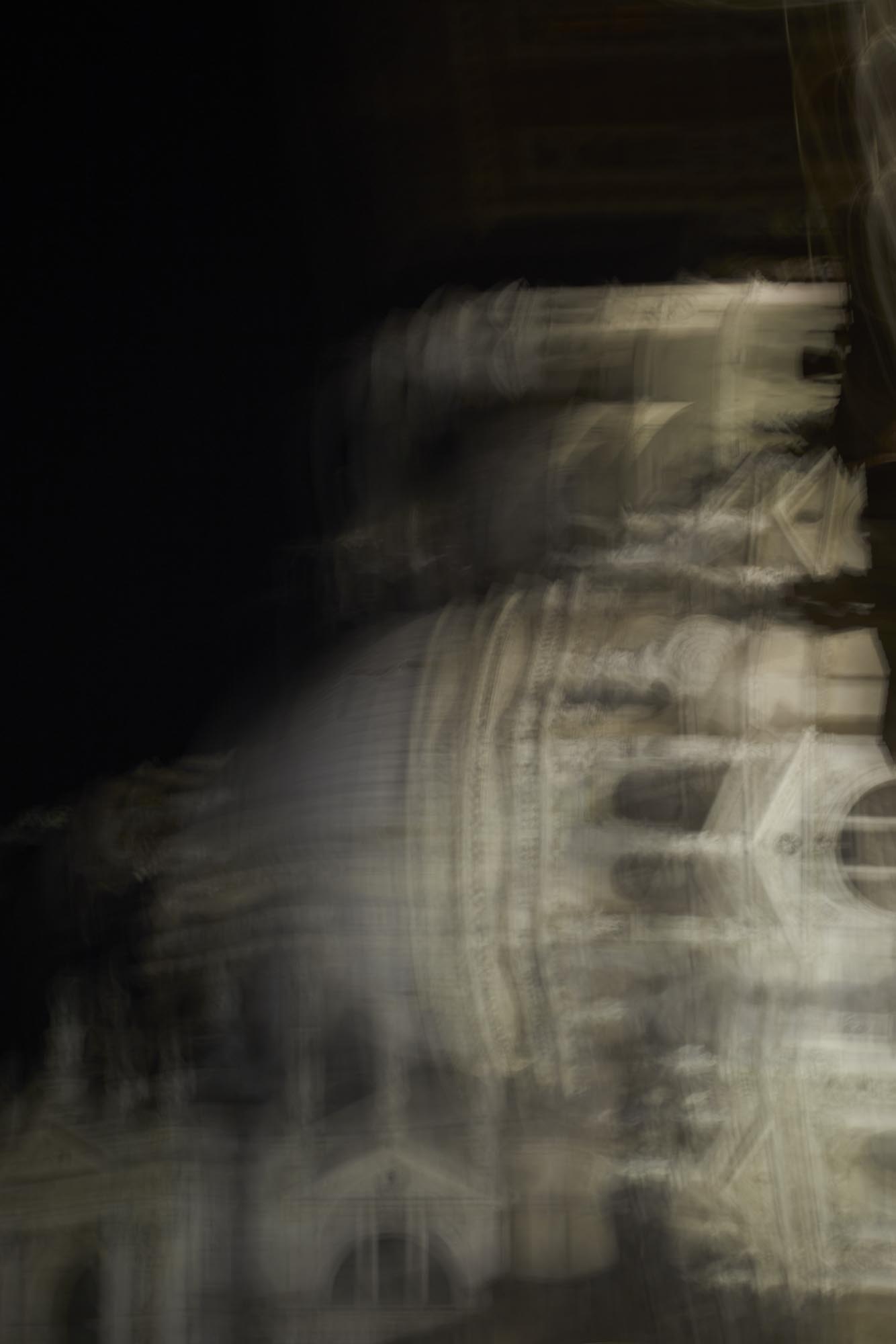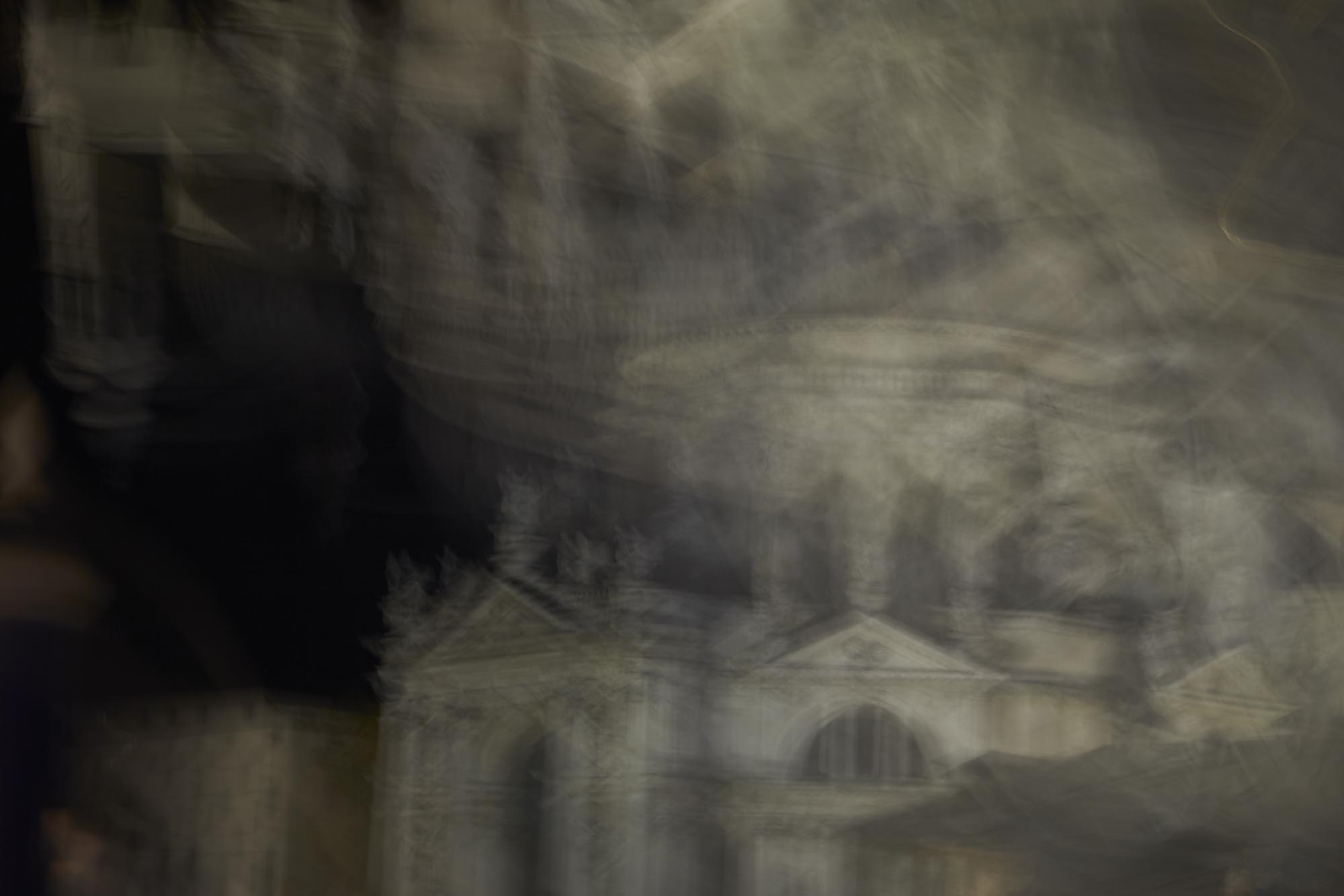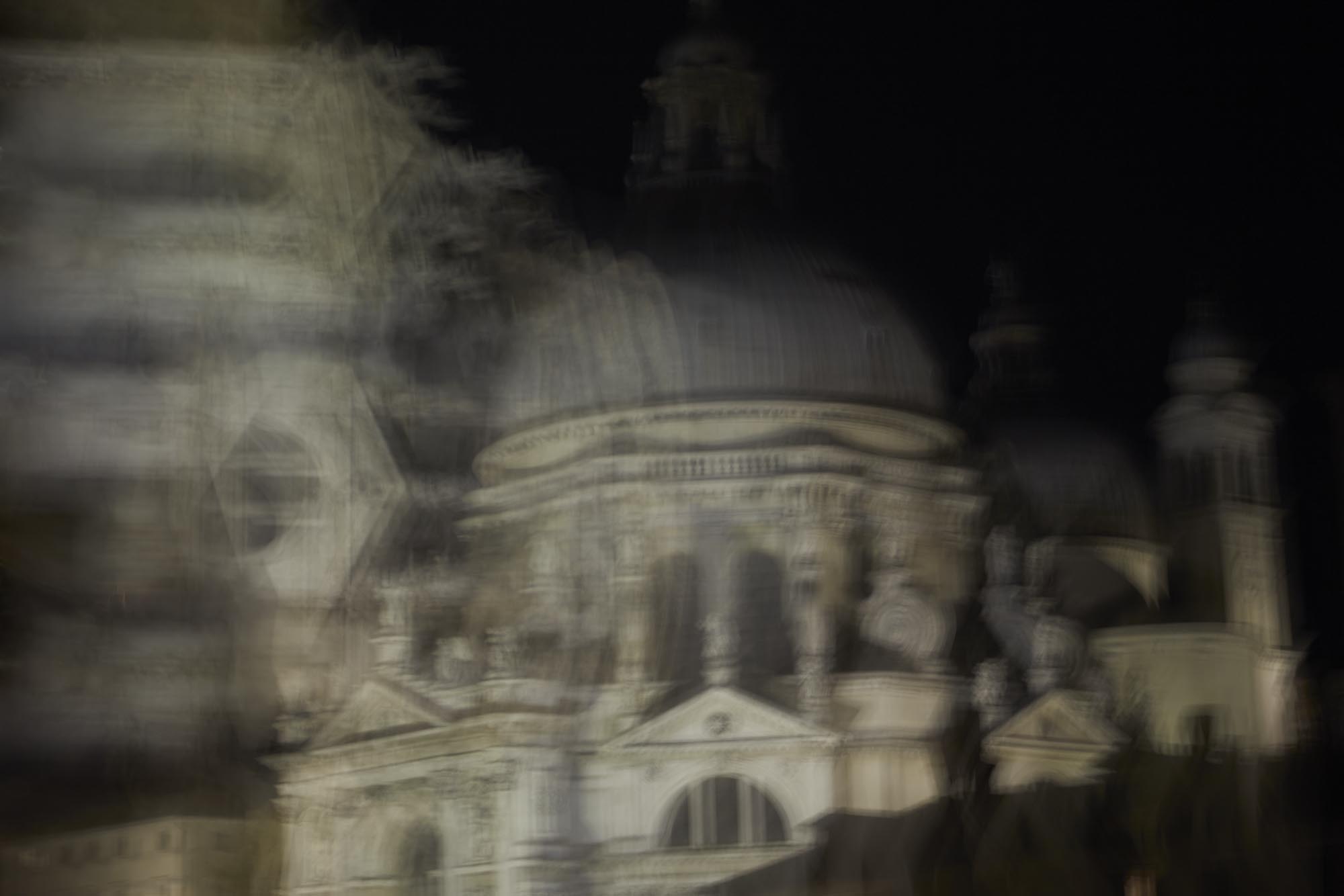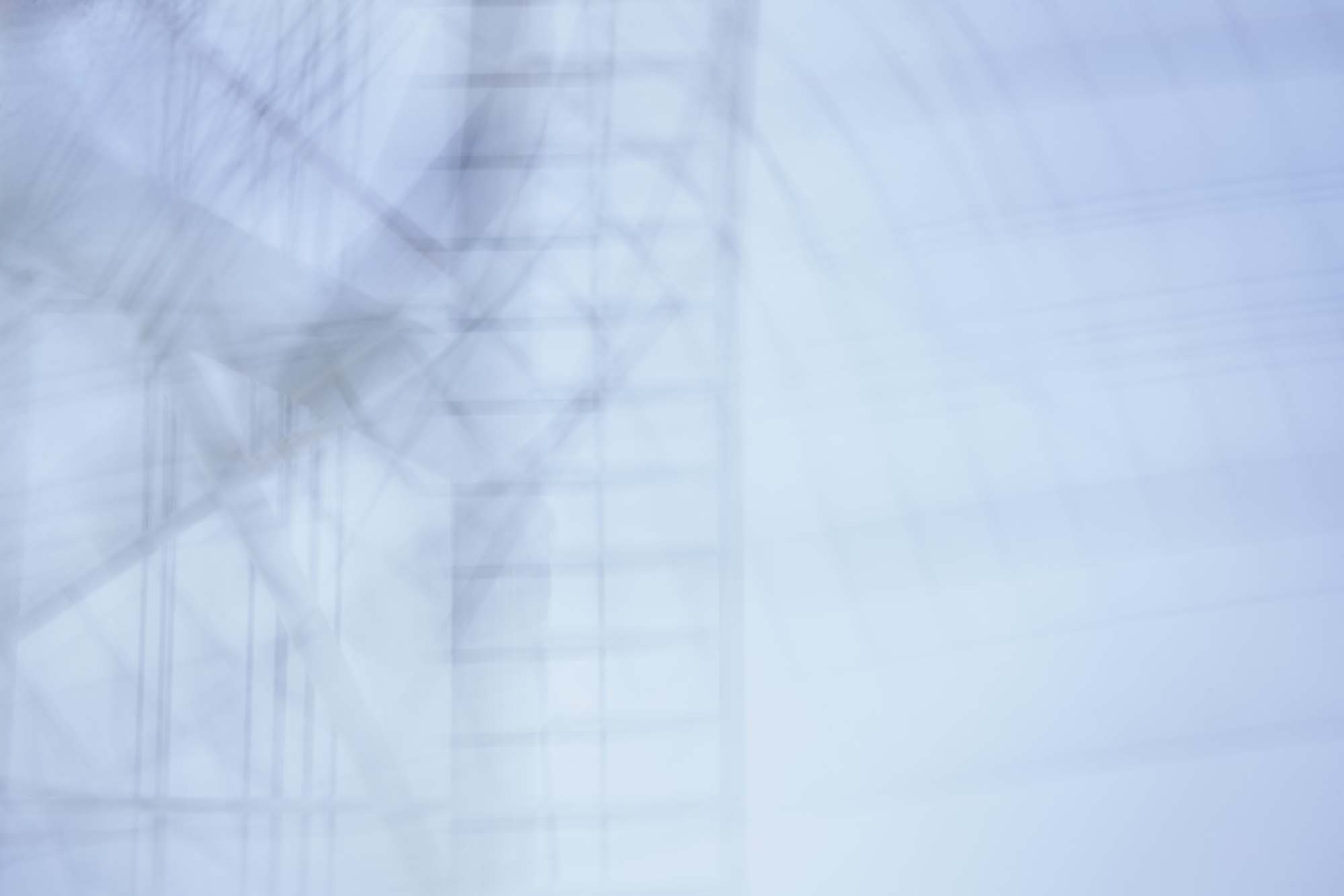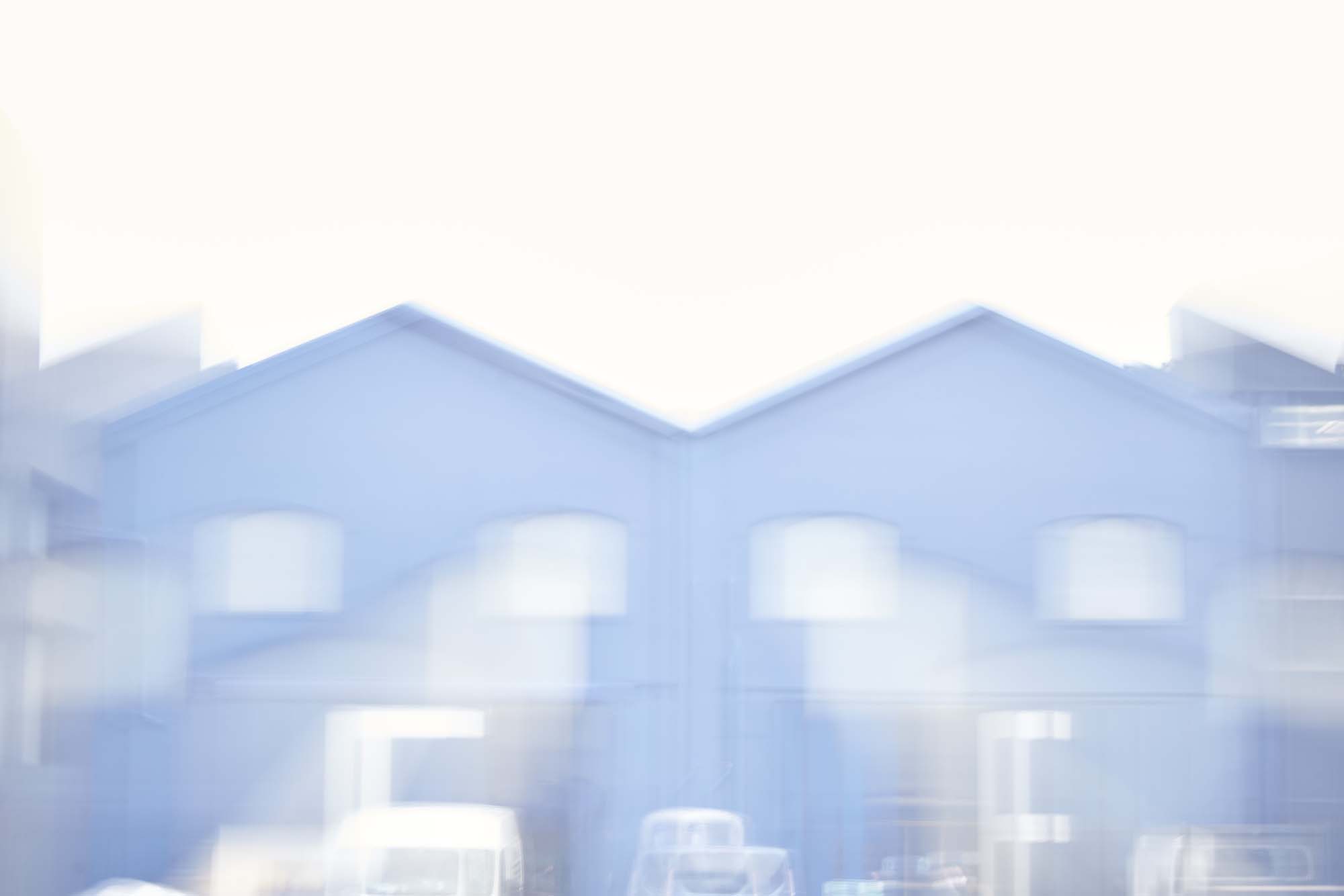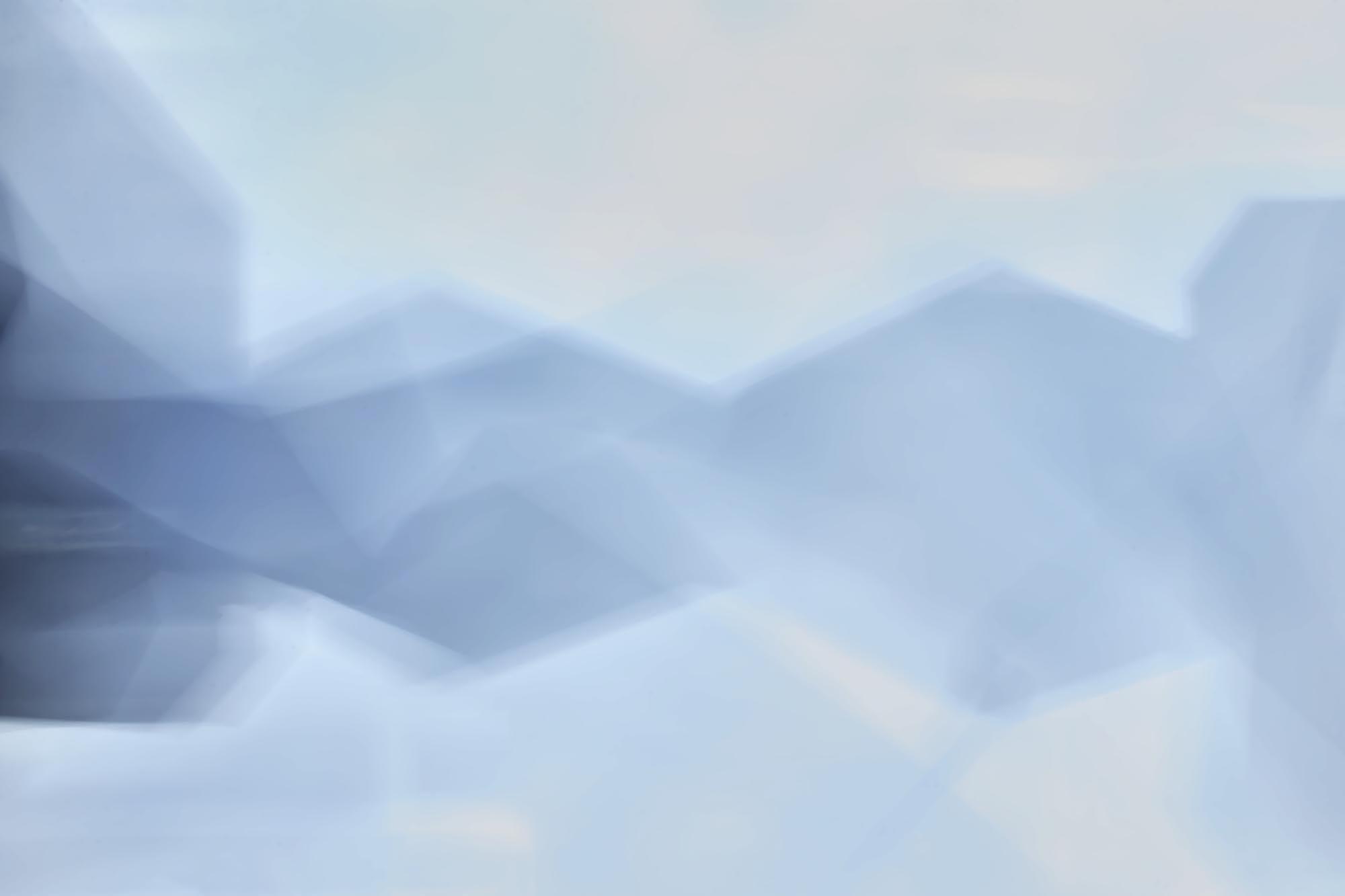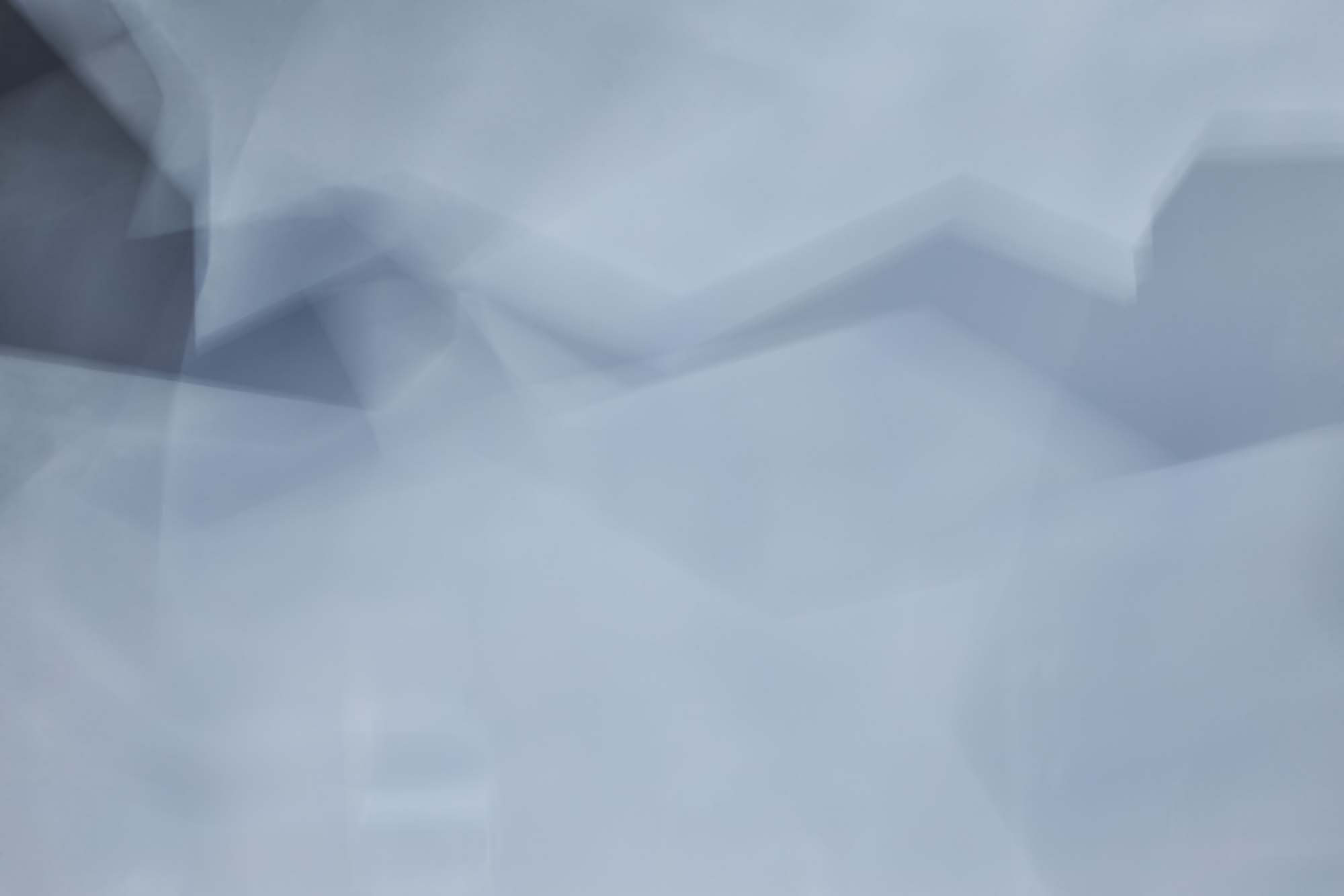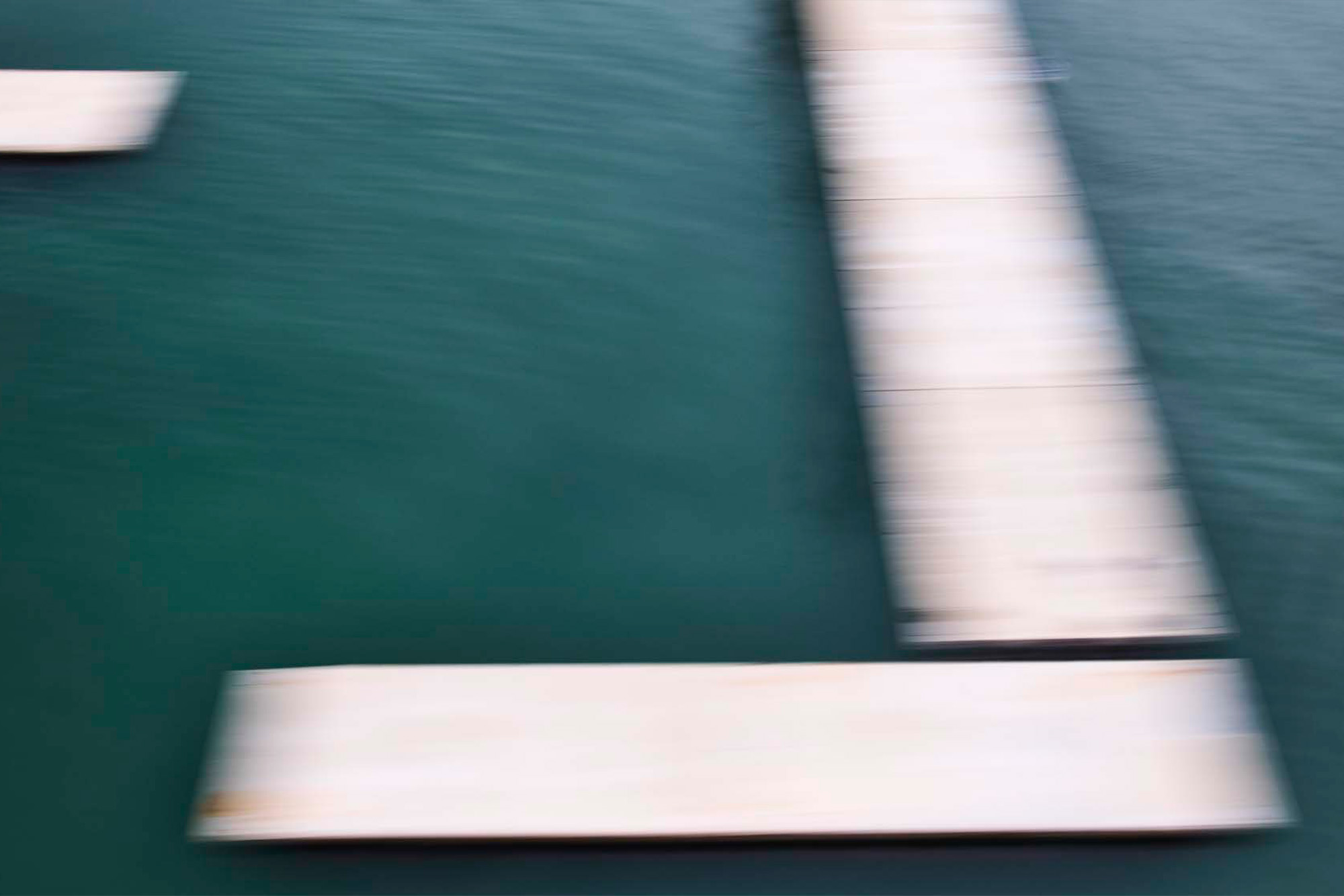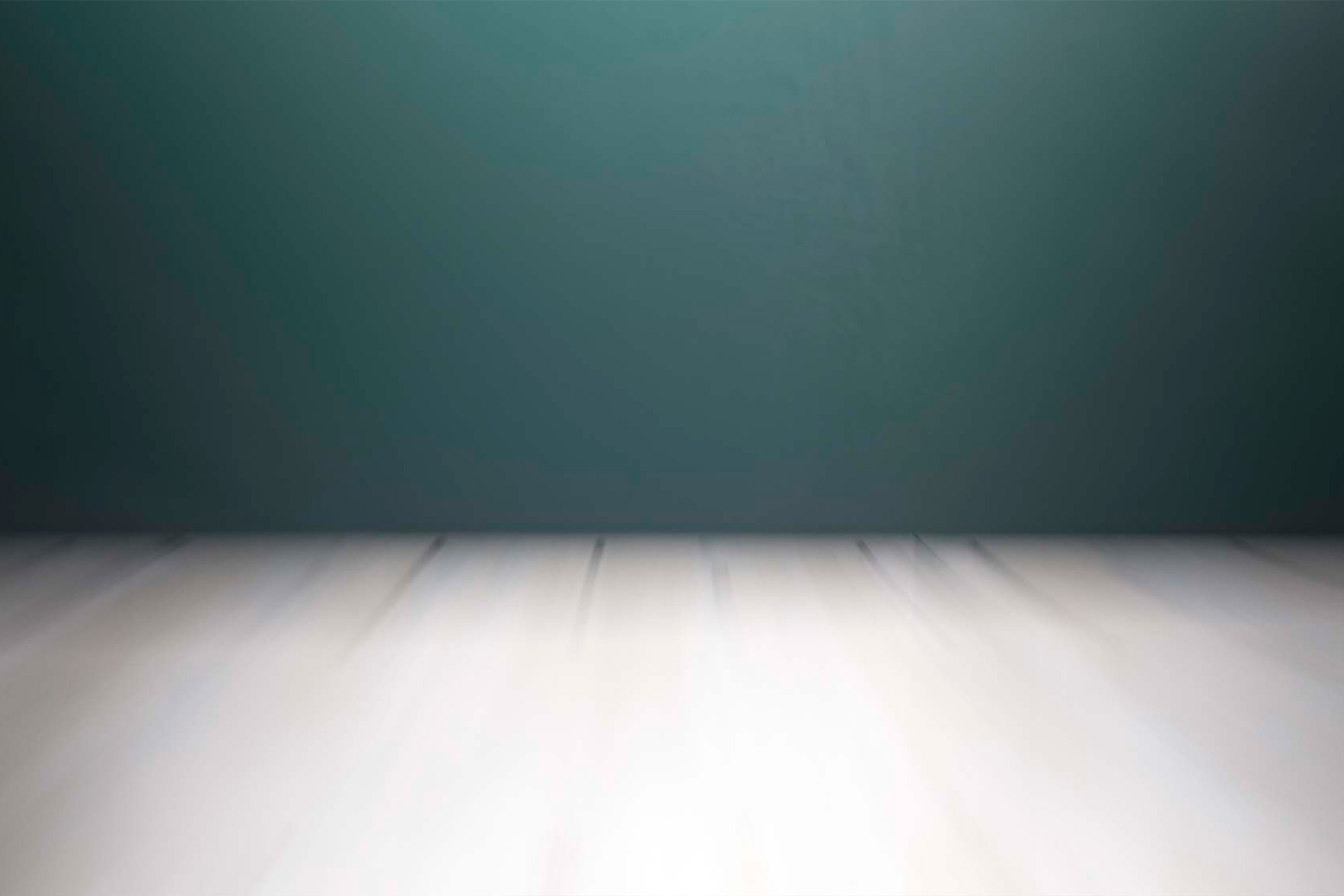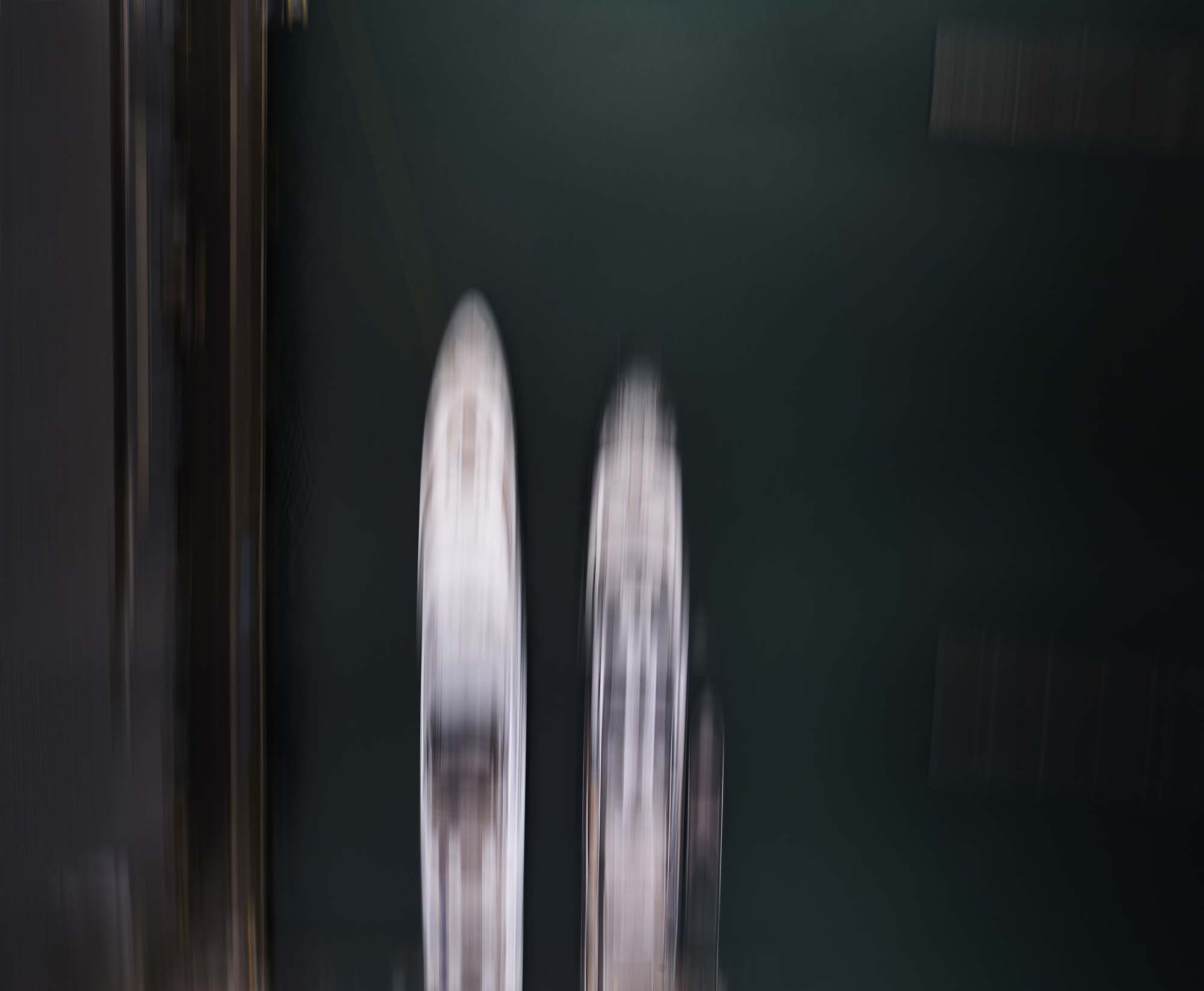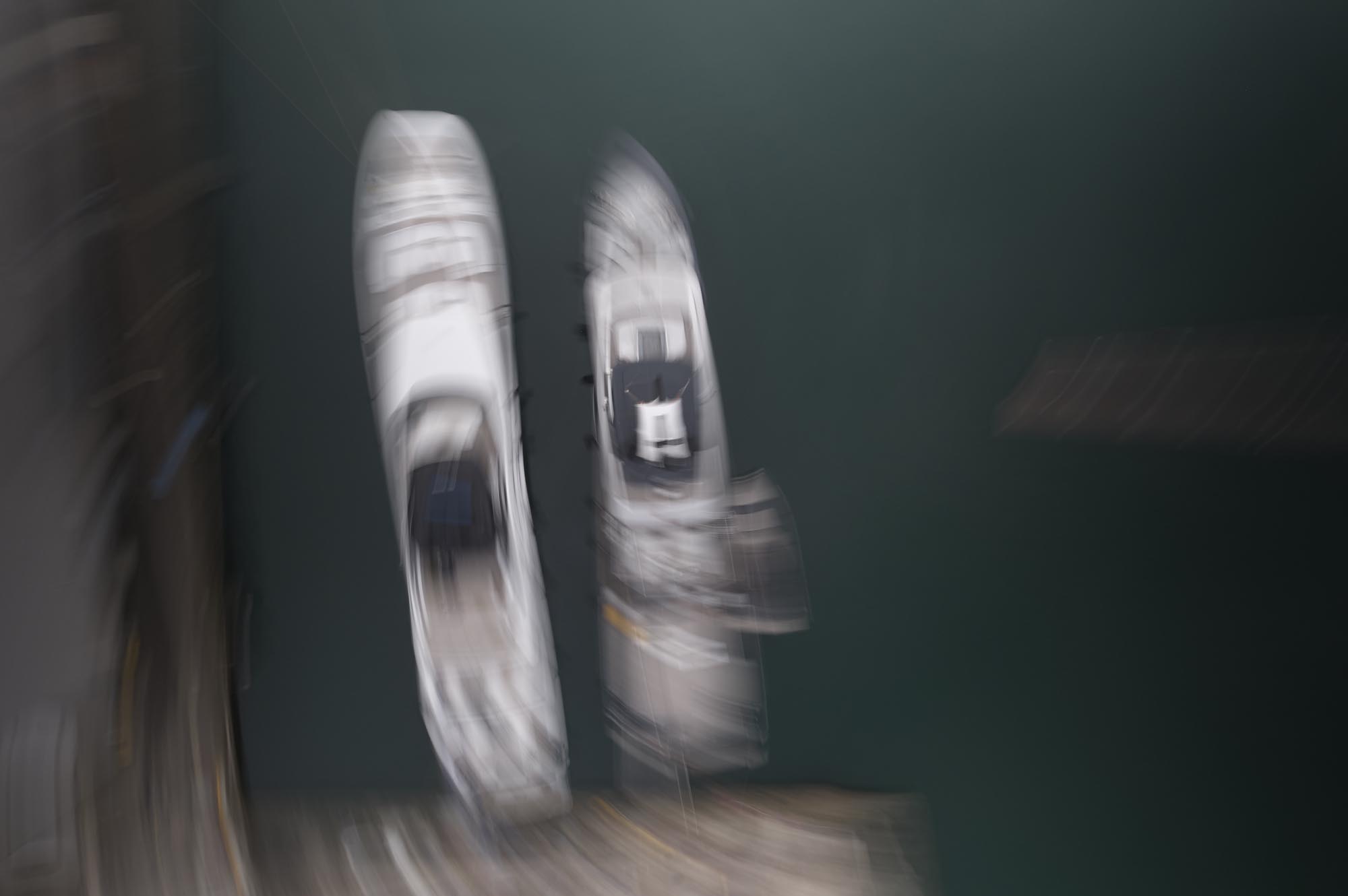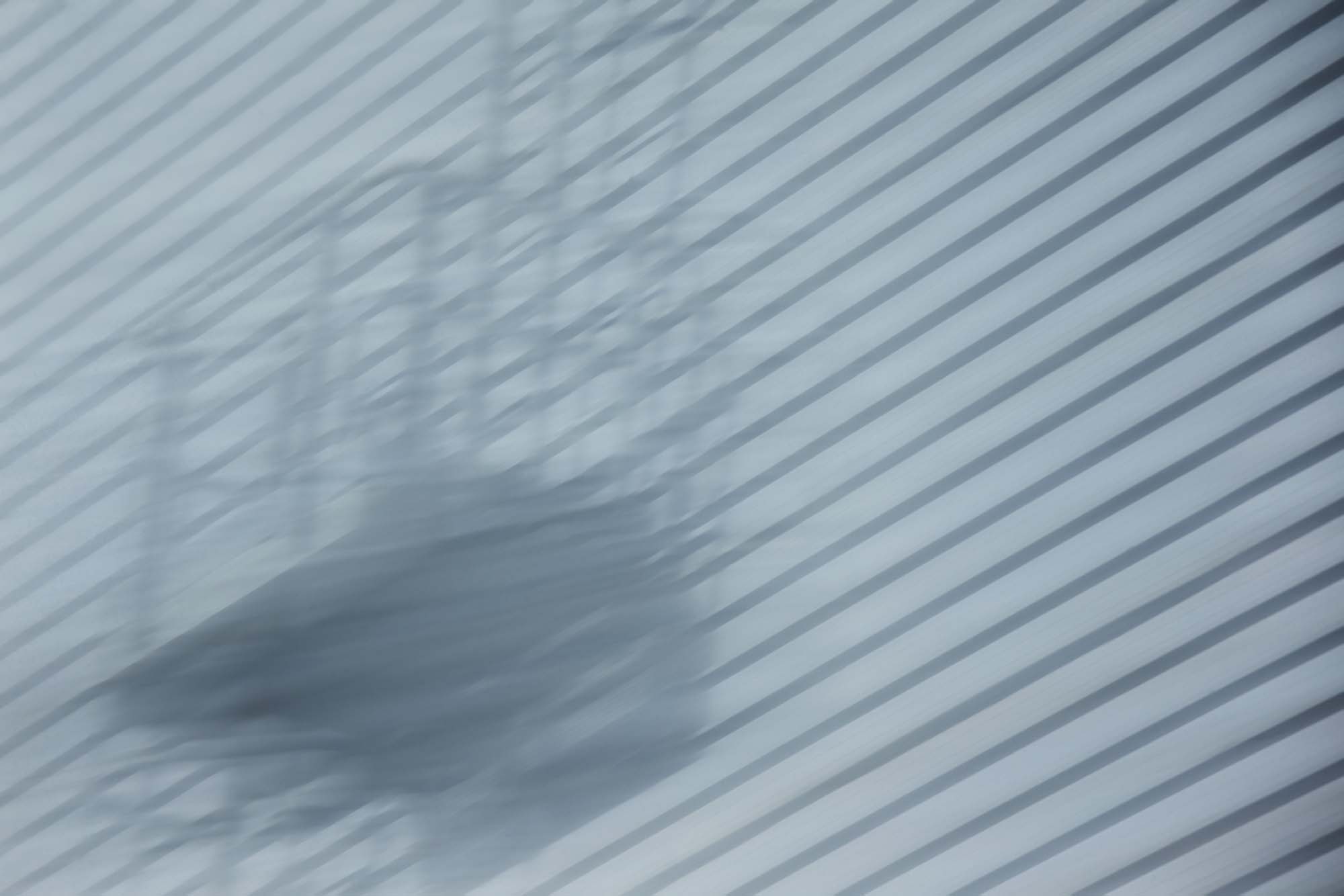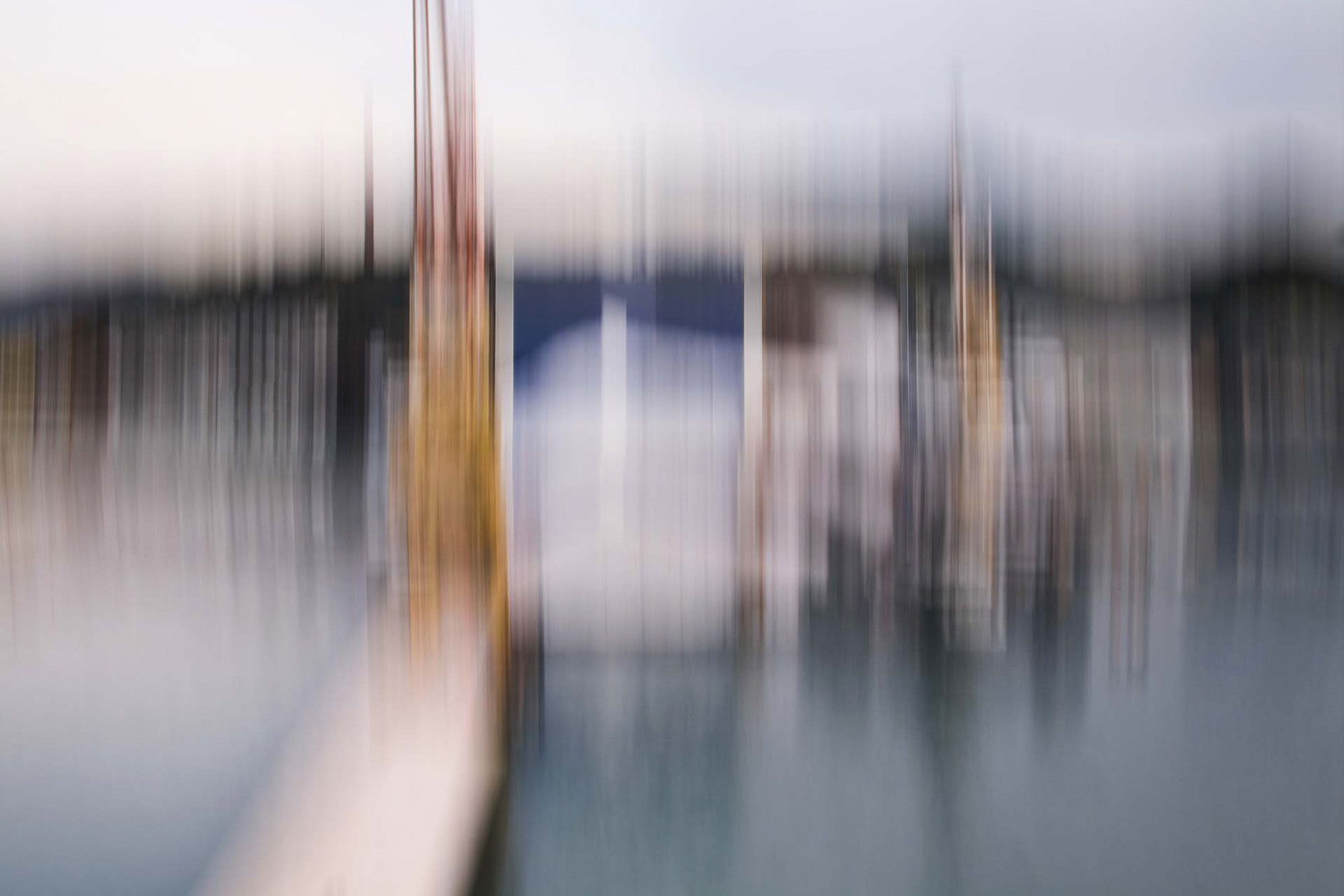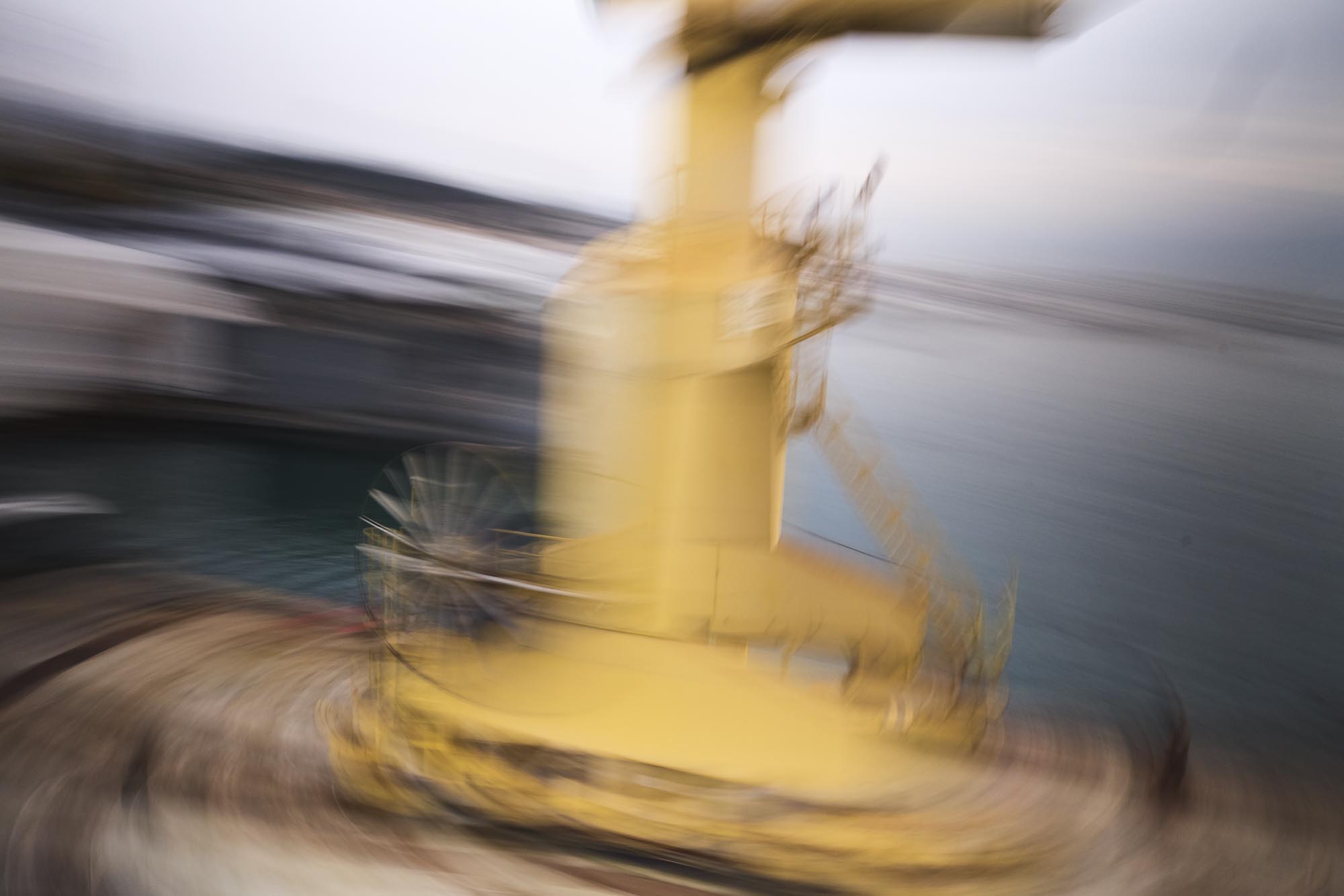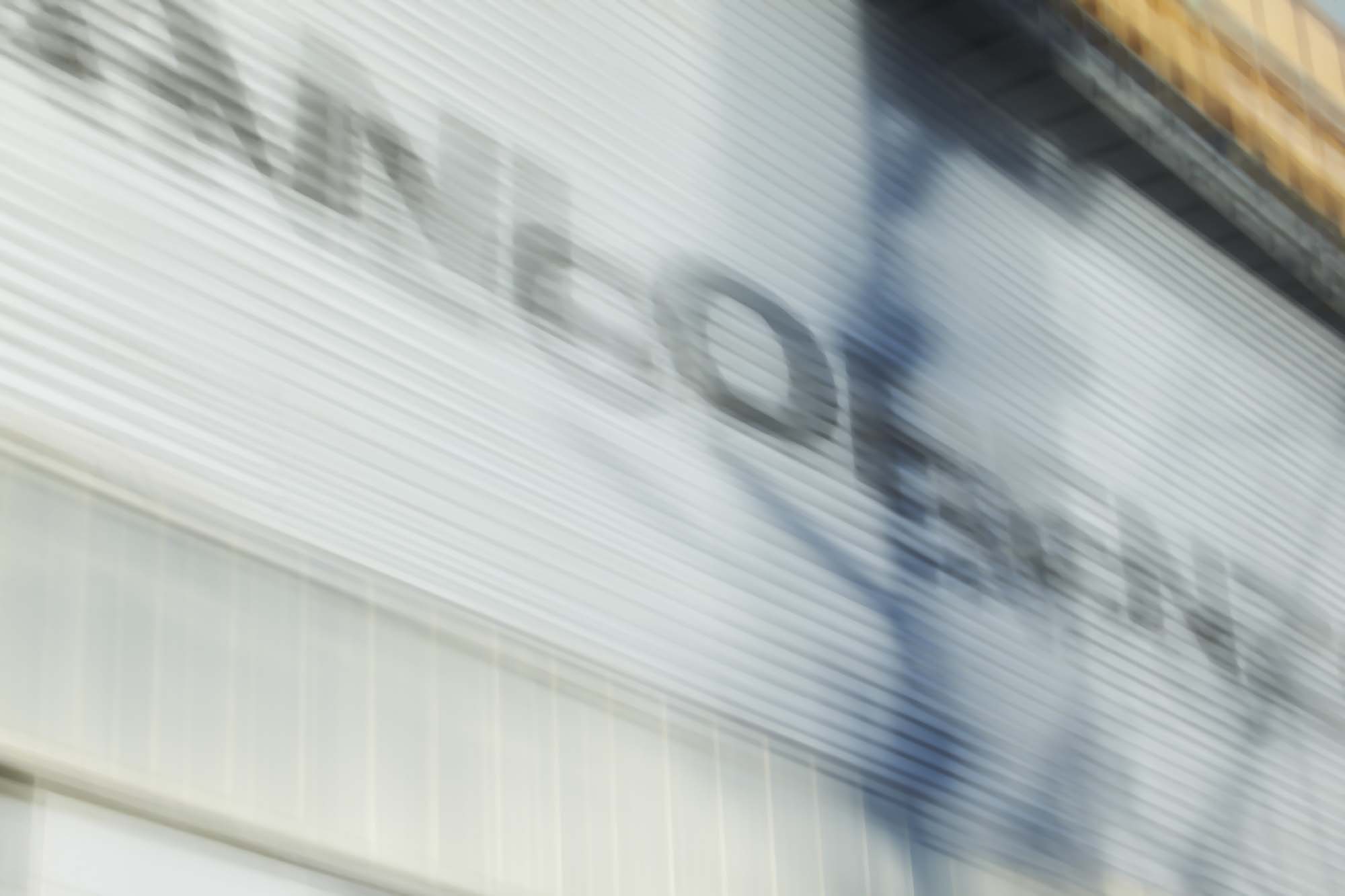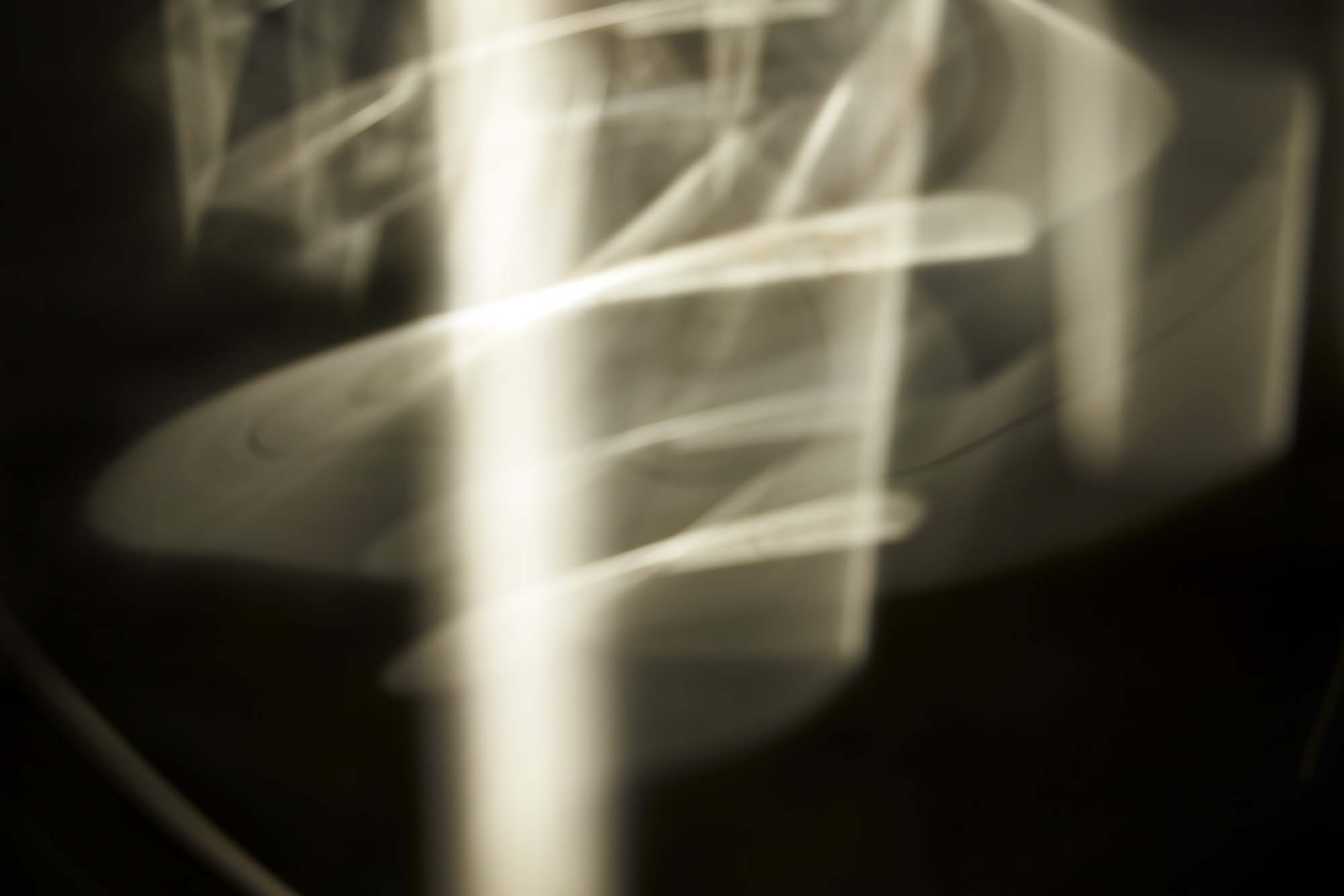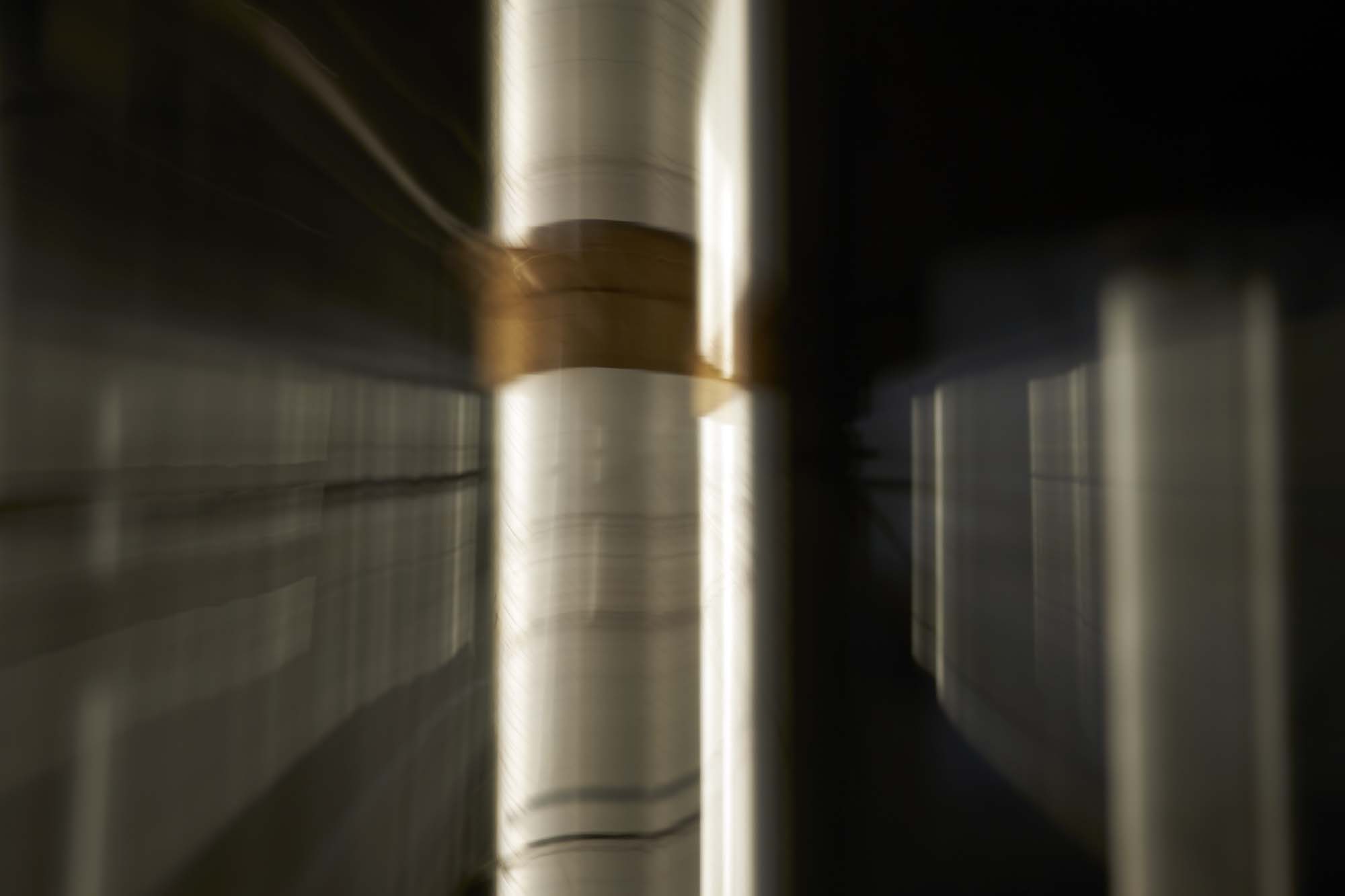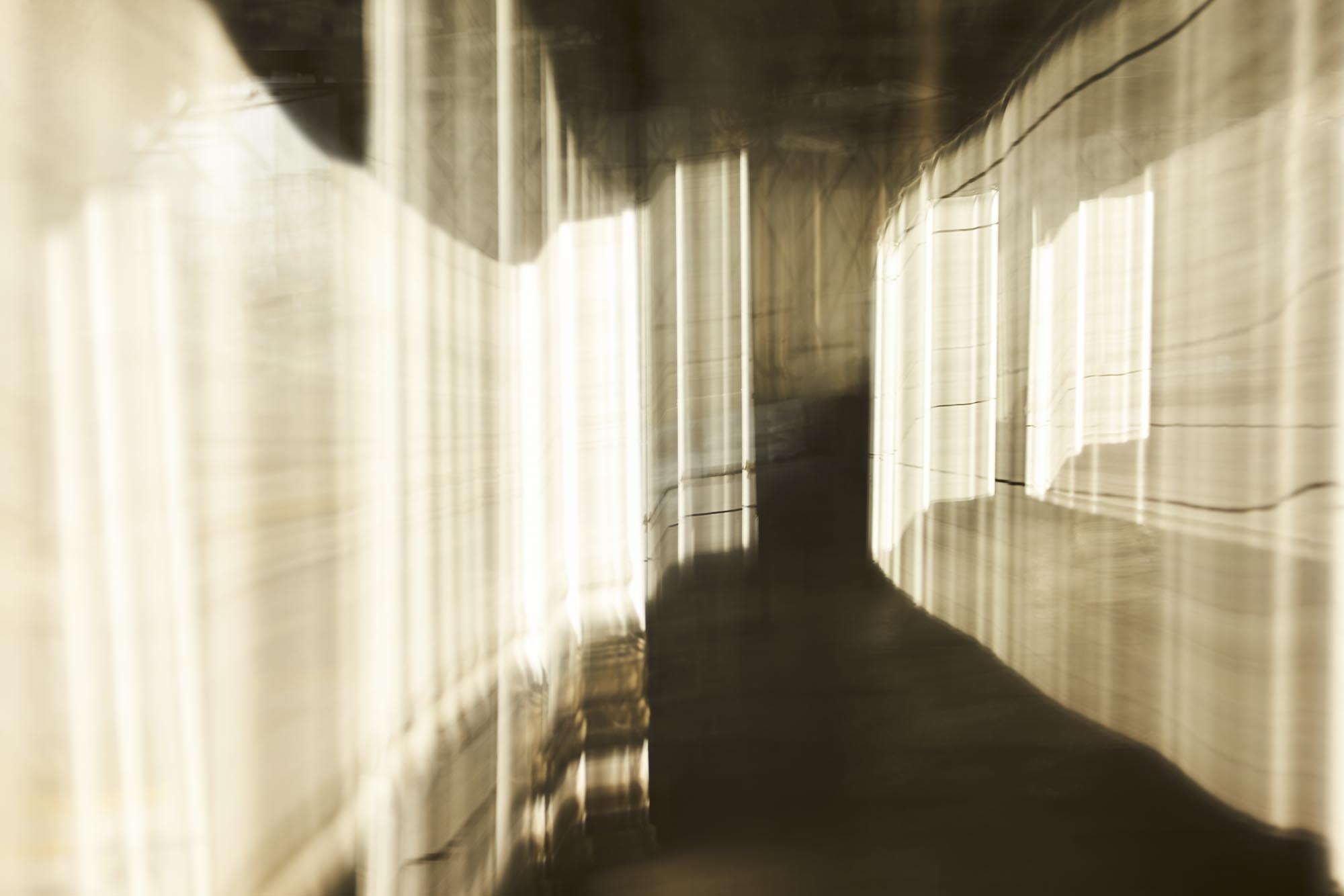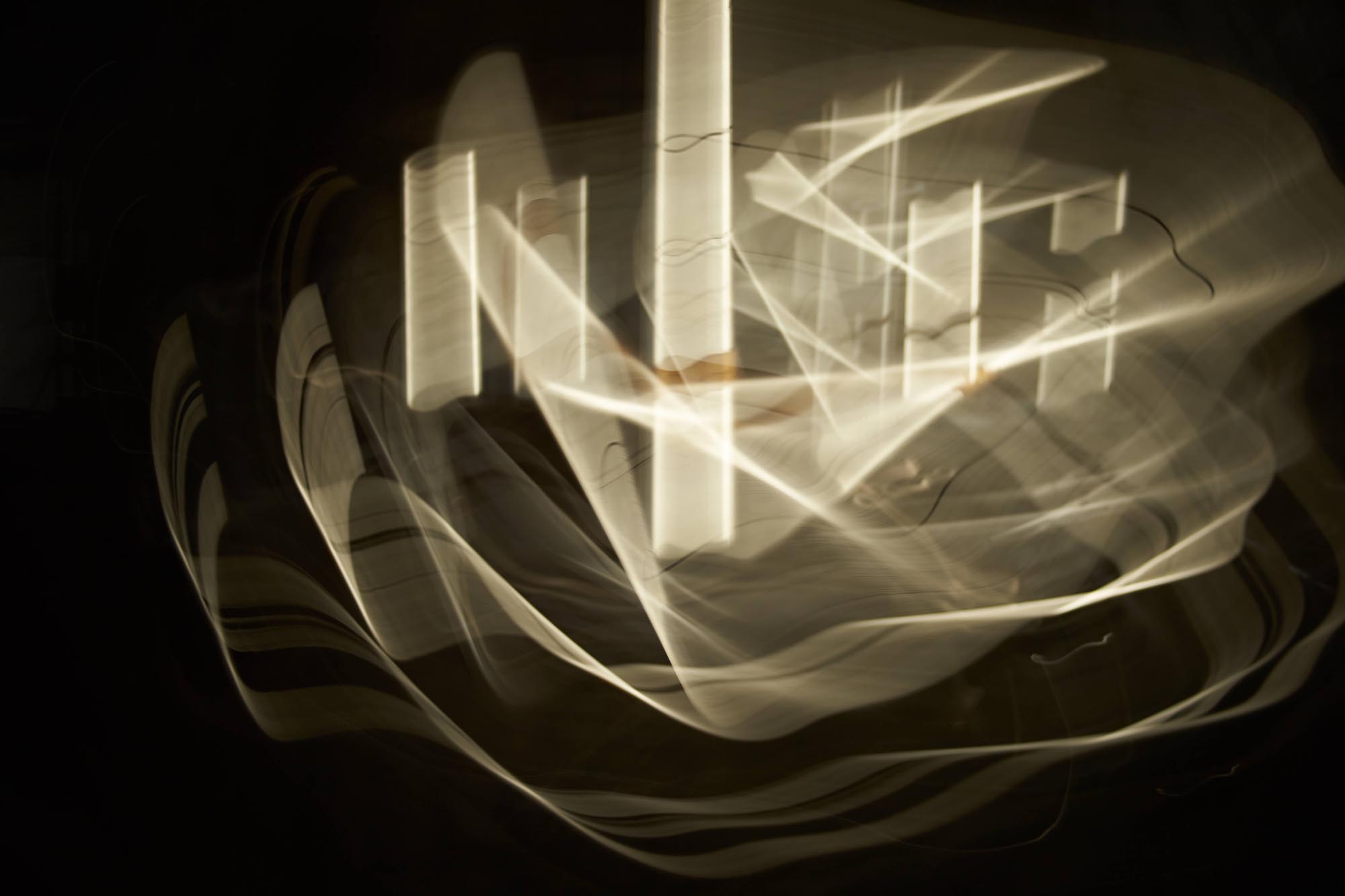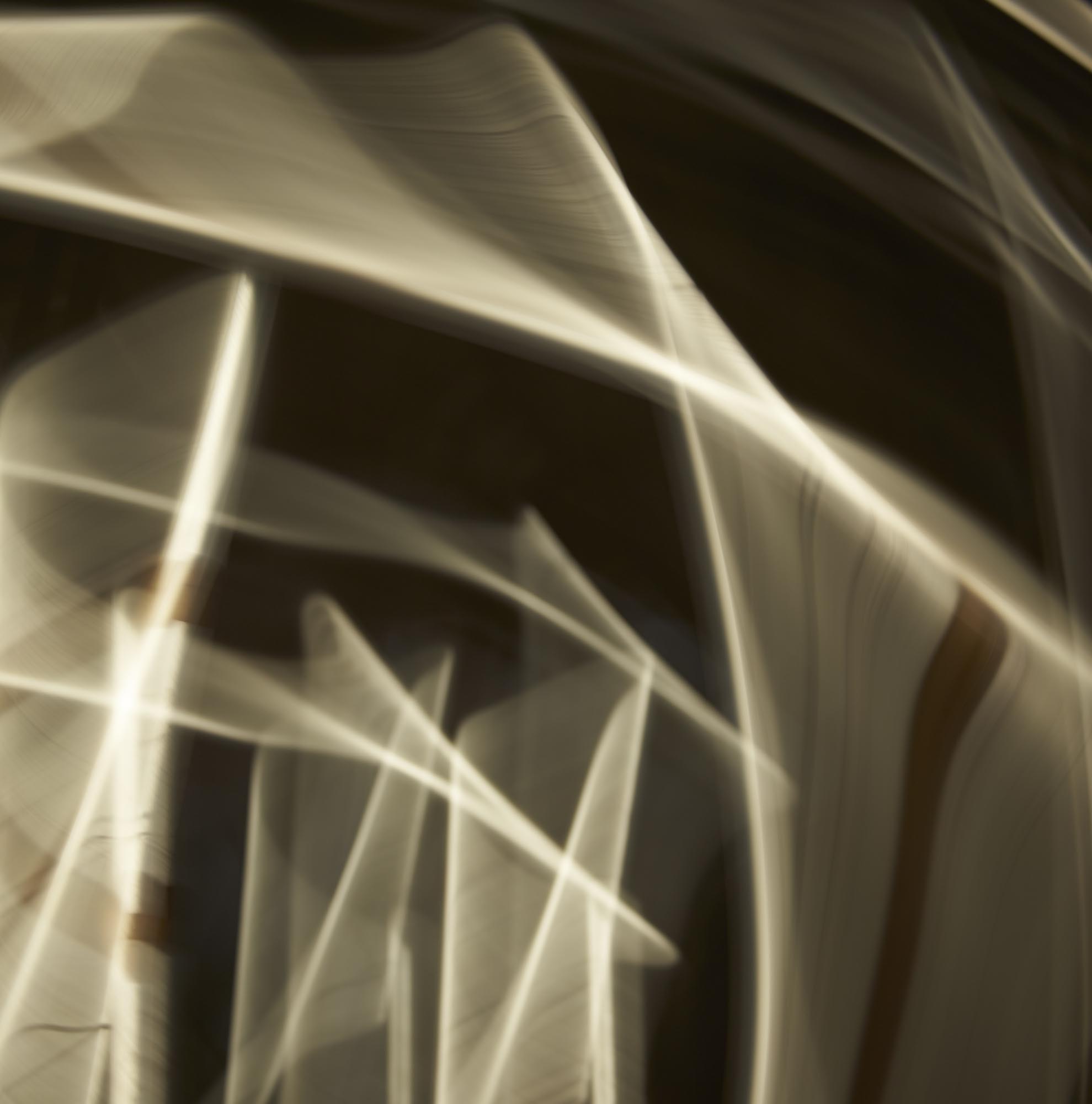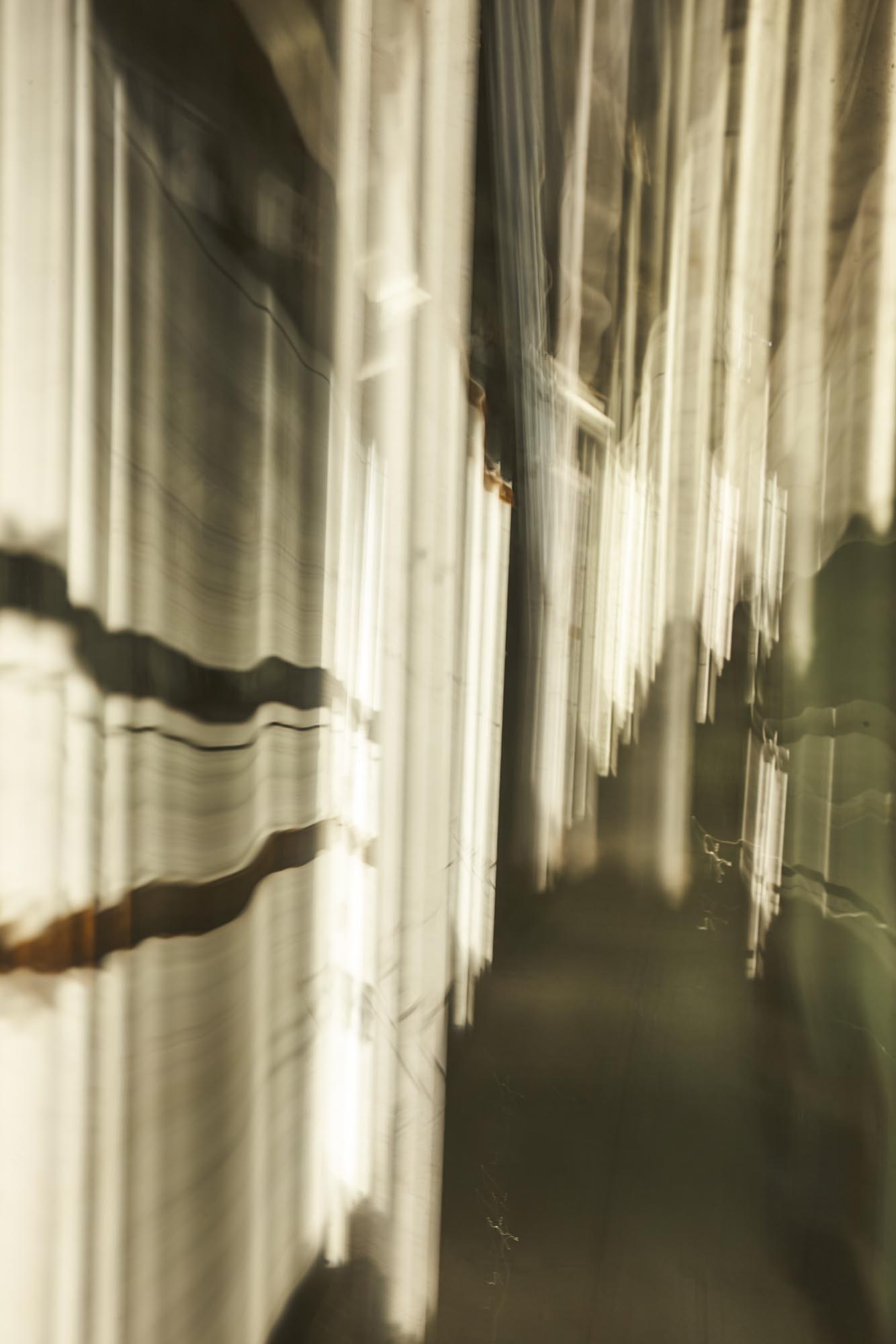Il Mio Angolo, 2016, Stampa su Carta Fine Art, 48x32 cm, ED.1/9+2PA
Il Gondoliere, 2017, Stampa su Carta Fine Art, 48x32 cm, ED.1/9+2PA
Oscurità nel Canale, 2018, Stampa su Carta Fine Art, 32x48 cm, ED.1/9+2PA
Un classico Veneziano, 2018, Stampa su Carta Fine Art, 32x48 cm, ED.1/9+2PA
Visioni Complicate, 2017, Stampa su Carta Fine Art, 32x48 cm, ED.1/9+2PA
Linee Andamentali dei Tre Oci, 2017, Stampa su Carta Fine Art, 32x48 cm, ED.1/9+2PA
Intrighi Veneziani, 2017, Stampa su Carta Fine Art, 32x48 cm, ED.1/9+2PA
Le Vibrazioni del Canal, 2017, Stampa su Carta Fine Art, 32x48 cm, ED.1/9+2PA
Armonia della Forma, 2017, Stampa su Carta Fine Art, 32x48 cm, ED.1/9+2PA
Sospensione dell'Incredulità, 2017, Stampa su Carta Fine Art, 32x48 cm, ED.1/9+2PA
Sensazioni Leggere, 2017, Stampa su Carta Fine Art, 32x48 cm, ED.1/9+2PA
Impressioni d'Oriente, 2017, Stampa su Carta Fine Art, 32x48 cm, ED.1/9+2PA
Insostenibilità, 2017, Stampa su Carta Fine Art, 32x48 cm, ED.1/9+2PA
Cattedrale del Silenzio, 2018, Stampa su Carta Fine Art, 32x48 cm, ED.1/9+2PA
Sussurro Liquido, 2018, Stampa su Carta Fine Art, 32x48 cm, ED.1/9+2PA
Trittico di Palazzo Ducale, 2018, Stampa su Carta Fine Art, 60x150 cm, ED.1/9+2PA
La Casa di Servane, 2017, Stampa su Carta Fine Art, 48x32 cm, ED.1/9+2PA
Foschia di Rialto, 2017, Stampa su Carta Fine Art, 32x48 cm, ED.1/9+2PA
La casa che ti Guarda, 2017, Stampa su Carta Fine Art, 32x48 cm, ED.1/9+2PA
Armonia della Luce di Murano UNO, 2017, Stampa su Carta Fine Art, 32x48 cm, ED.1/9+2PA
Armonia della Luce di Murano DUE, 2017, Stampa su Carta Fine Art, 32x48 cm, ED.1/9+2PA
Armonia della Luce di Murano TRE, 2017, Stampa su Carta Fine Art, 32x48 cm, ED.1/9+2PA
Giochi di Ruoli, 2017, Stampa su Carta Fine Art, 32x48 cm, ED.1/9+2PA
Il Lato Oscuro di Venezia, 2017, Stampa su Carta Fine Art, 48x32 cm, ED.1/9+2PA
Nel Buio di Venezia, 2017, Stampa su Carta Fine Art, 32x48 cm, ED.1/9+2PA
Labirinto di Chiese, 2017, Stampa su Carta Fine Art, 32x48 cm, ED.1/9+2PA
Dedalo Sanlorenzo, 2016, Stampa su Carta Fine Art, 32x48 cm, ED.1/9+2PA
Dinadismo del Centro, 2017, Stampa su Carta Fine Art, 32x48 cm, ED.1/9+2PA
Dinamismo dell'Industria UNO, 2017, Stampa su Carta Fine Art, 32x48 cm, ED.1/9+2PA
Dinamismo dell'Industria DUE, 2016, Stampa su Carta Fine Art, 32x48 cm, ED.1/9+2PA
La Banchina, 2016, Stampa su Carta Fine Art, 40x60 cm, ED.1/9+2PA
Dinamismo, 2016, Stampa su Carta Fine Art, 40X60 cm, ED.1/9+2PA
Dinamismo UNO, 2016 Stampa su Carta Fine Art, 40X60 cm, ED.1/9+2PA
Si Muovono UNO, 2017, Stampa su Carta Fine Art, 40x40 cm, ED.1/9+2PA
Si Muovono DUE, 2017, Stampa su Carta Fine Art, 40x40 cm, ED.1/9+2PA
Ombra Meccanica, 2020, Stampa su Carta Fine Art, 32x48 cm, ED.1/9+2PA
Visione Industriale, 2020, Stampa su Carta Fine Art, 32x48 cm, ED.1/9+2PA
Creatura Industriale UNO, 2020, Stampa su Carta Fine Art, 32x48 cm, ED.1/9+2PA
Sanlorenzo, 2020, Stampa su Carta Fine Art, 32x48 cm, ED.1/9+2PA
Dedalo Sanlorenzo, 2020, Stampa su Carta Fine Art, 32x48 cm, ED.1/9+2PA
Labirinto UNO, 2020, Stampa su Carta Fine Art, 32x48 cm, ED.1/9+2PA
La Via del Labirinto, 2020, Stampa su Carta Fine Art, 32x48 cm, ED.1/9+2PA
Vortice di Neon, 2020, Stampa su Carta Fine Art, 32x48 cm, ED.1/9+2PA
Neon, 2020, Stampa su Carta Fine Art, 48X48 cm, ED.1/9+2PA
Labirinto DUE, 2020, Stampa su Carta Fine Art, 48x32 cm, ED.1/9+2PA
DEDALO
This project was born from the collaboration with Sanlorenzo Yachts and from the wanderings of the artist inside its shipyards, where she rediscovers fantastic worlds and physical mazes in which to get lost. Industrial warehouses with triangular and geometric profiles that in their repeated multiplication speak to a kaleidoscopic vision rich in lines sometimes rigid, sometimes soft, depending on what is fixed in the lens. The internal labyrinthine zones, formed by the passages between innocent tubes and neon lights, are transformed by photography into aerial dances of extreme lightness and voluptuousness, plays of light fixed as real installations within space. The idea of the title, Daedalus, takes up the concept of the common use of the word labyrinth, which Veronica imagines and experiences during her photographic journey: a discovery of realities already known in terms of form, which thanks to the naval construction process, immerse her inside the beating heart of the industrial sites being examined. Daedalus – also as a reflection onthe mythological idea of the character, in his nature as an architect and builder of ideas, because this new series of photographs takes up the theme dear to the artist of architecture and in particular of Venice, a city known and experienced at a professional level for various projects carried out, in particular during the 2001 Biennale. It is the feeling of disorientation that has aroused this exhibition: the one experienced by the artist who has just entered the meanders of the shipyards, anexperience born from being inside a world as if it were a living organism in which to discover visions from a different point of view. The same is true for her getting lost in Venice in the streets that intersect the city, forming that complicated labyrinth in which it is easy to get lost, but is fascinating to come across.
The comparison between the narrow streets and the galleries of scaffolding, the architecture of the buildings and the skeletons of the boats is very strong and leads her to fantasize surreal worlds of pure imagination in which she seeks an orientation to continue in this mental research. Veronica Gaido's artistic research, in addition to being unusual, achieves unprecedented optical and conceptual results in the images selected for this project. The exhibition at the Casa dei Tre Oci in Venice clearly demonstrates this: the artist seems to paint with a camera. The ability to grasp reality directly uses a high definition stylistic language that simulates mechanical precision through manual virtuosity. There is a pictorialism in the photography, thanks to the mastery of the technical error that leads the artist to give movement, to multiply some subjects and to erase other elements, giving life to a liquid photograph. The tendency to abstraction gradually moves itself away from any reference to the external world, basing the rules of its own language on elements within the form, capable of reaching the true essence of things, the deepest structure of the forces of nature. Illuminating the germ that gives rise to all the work in which the artist is about to put her hand involves a need for spatial structuring, where colors give movement together with the gesture of the shot. Veronica's photos show, in addition to some shades of colors such as the blue of the sky, the straight and geometric lines of the scenario, captured and modified directly on reality. There is a purification process that leads to the simplification of the image: a few elements to investigate the form and find the secret identity of the subjects represented, an exhausting synthesis that brings her work to a poetic level. Veronica knows the language of photography, the language applied to that specific subject and the language as she has decided to use it, taking advantage of the over- lapping of images, their obfuscation and movement, which has now become her stylistic signature. She has managed to harmonize, both in life and in artistic production, the intellectual and spiritual values of her time, mediating between tradition and modernity. The skillful dosage of rationality and aesthetics leads, in photography, to the destruction of the line, to a control of work thanks to the freedom of action, to a balanced synthesis of the cult of form and passion for life. The exhibition plays on some visual variants in which the novelty is not given by the single perspective or by the single detail but by the combination of the elements, by their juxtaposition. In this, the idea of superimposition helps her, even if only partially because reacting as an artist, she doesn't want to give us back just a piece, she wants to give us the whole thing. This is her challenge, the most difficult of all her activities and the most repeated, considering that this is the result of her research. The entire work must be experienced in the most spontaneous way possible, the senses are involved and participation is not only between work and space but also, and above all, between work and spectator. The simplicity of the forms comes in a direct and immediate way but the cultural complexity of the contents leaves time for contemplation and reflection.
The novelty of Veronica Gaido therefore does not lie in the structures of a photographic technique, but rather in the subjects she was able to find and return within the gigantic visual stereotype of the history of recent images.
Enrico Mattei
DEDALO
Questo progetto nasce dalla collaborazione con la Sanlorenzo Yacht e dal girovagare deII'artista alI'interno dei cantieri navali, in cui riscopre mondi fantastici e Iabirinti fisici in cui perdersi.
Capannoni industriali dai profili triangolari e geometrici che nella loro ripetuta moltiplicazione parlano a una visione caleidoscopica ricca di linee quando rigide, quando morbide, a seconda di ciò che viene fissato neII'obbiettivo. Le zone interne labirintiche, formate dai passaggi tra tubi innocenti e luci al neon, sono trasformate dalla fotografia in danze aeree di estrema leggerezza e voIuttuosità, giochi di Iuce fissati come installazioni reali all'interno dello spazio. L’idea del titolo, Dedalo, riprende il concetto di uso comune della parola labirinto, che Veronica immagina e vive durante questo suo percorso fotografico: uno scoprire realtà già conosciute a livello di forma, che grazie al processo costruttivo navale, la fanno immergere all'interno del cuore pulsante dei luoghi industriali presi in esame. Dedalo, anche come riflessione sull’idea mitologica del personaggio, nella sua natura di architetto e costruttore di idee, perché questa nuova serie di fotografie riprende il tema caro all’artista dell’architettura e in particolare di Venezia, città conosciuta e vissuta a livello professionale per i vari progetti realizzati, in particolare durante la Biennale del 2001.
È la sensazione di smarrimento ad aver suscitato questa mostra: quella provata dall'artista appena entrata nei meandri dei cantieri navali, un’esperienza nata dall'essere all’interno di un mondo come fosse un organismo vivente in cui scoprire visoni da un punto di vista differente. Lo stesso vale per il suo perdersi a Venezia attraverso le calli che si intersecano per la città formando quel complicato labirinto nel quale è facile perdersi e affascinante imbattersi. Il paragone fra le stradine e le gallerie di ponteggi, le architetture dei palazzi e gli scheletri delle barche è molto forte e la porta a fantasticare mondi surreali di pura immaginazione in cui cerca un orientamento per proseguire in questa ricerca mentale. La ricerca artistica di Veronica Gaido, oltre ad essere peculiare, raggiunge risultati ottici e concettuali inediti nelle immagini selezionate per questo progetto, l’esposizione alla Casa dei Tre Oci di Venezia lo dimostra chiaramente: l’artista sembra dipingere con la macchina fotografica. La capacità di presa diretta sul reale si avvale di un linguaggio stilistico ad alta definizione che simula la precisione meccanica attraverso il virtuosismo manuale. Un pittoricismo nella fotografia grazie alla padronanza dell'errore tecnico che porta l’artista a dare movimento, a moltiplicare alcuni soggetti e a cancellare altri elementi, dando vita a una fotografia liquida. La tendenza all'astrazione va via via allontanando da sé ogni riferimento al mondo esterno, fondando le regole del proprio linguaggio su elementi interni alla forma, capaci di giungere alla vera essenza delle cose, alla struttura più profonda delle forze della natura. Illuminare quel germe che dà origine a tutto il Iavoro in cui l’artista si accinge a metter mano, un’esigenza di strutturazione spaziale, dove i colori danno movimento insieme al gesto dello scatto. Le foto di Veronica riprendono, oltre ad alcune tonalità di colori come l'azzurro del cielo, le linee rette e geometriche dello scenario, catturato e modificato in presa diretta sulla realtà. Esiste un processo di depurazione che arriva alla semplificazione dell’immagine: pochi elementi per indagare la forma e scovare l’identità segreta dei soggetti rappresentati, una sintesi stremata che porta a un livello poetico la sua opera. Veronica conosce il linguaggio della fotografia, il linguaggio applicato a quel soggetto specifico e il linguaggio cosi come ha deciso di usarlo, sfruttando la sovrapposi zione delle immagini, il Ioro offuscamento e il movimento, ormai diventato la sua cifra stilistica. È riuscita ad armonizzare, sia nella vita che nella produzione artistica, i valori intellettuali e spirituali del suo tempo, mediando fra tradizione e modernità. Il sapiente dosaggio di razionalità ed estetica porta, in fotografia, alla distruzione della linea, a un controllo del lavoro grazie alla libertà di azione, a una sintesi equilibrata di culto della forma e passione per la vita. La mostra gioca su alcune varianti visive in cui la novità non è data dalla singola prospettiva o dal singolo particolare ma dalla combinazione degli elementi, dal Ioro accostamento. In questo, l’idea della sovrapposizione le è di aiuto, anche se solo parzialmente perché reagendo da artista, non ci vuole restituire uno spezzone, vuole darci il tutto. In questo consiste la sua sfida, la più difficile di tutta la sua attività e la più reiterata, considerando che questo è il risultato della sua ricerca. L’intera opera deve essere vissuta nel modo più spontaneo possibile, i sensi sono coinvolti e la partecipazione non è solamente tra opera e spazio ma anche, e soprattutto, tra opera e spettatore. La semplicità delle forme arriva in modo diretto e immediato ma la complessità culturale dei contenuti lascia il tempo alla contemplazione e alla riflessione. La novità di Veronica Gaido non sta dunque nelle strutture di una tecnica fotografica, bensì nei soggetti che ha saputo trovare e restituire all’interno del gigantesco stereotipo visivo della storia delle immagini recenti.
Enrico Mattei
Veronica Gaido - Photographer
